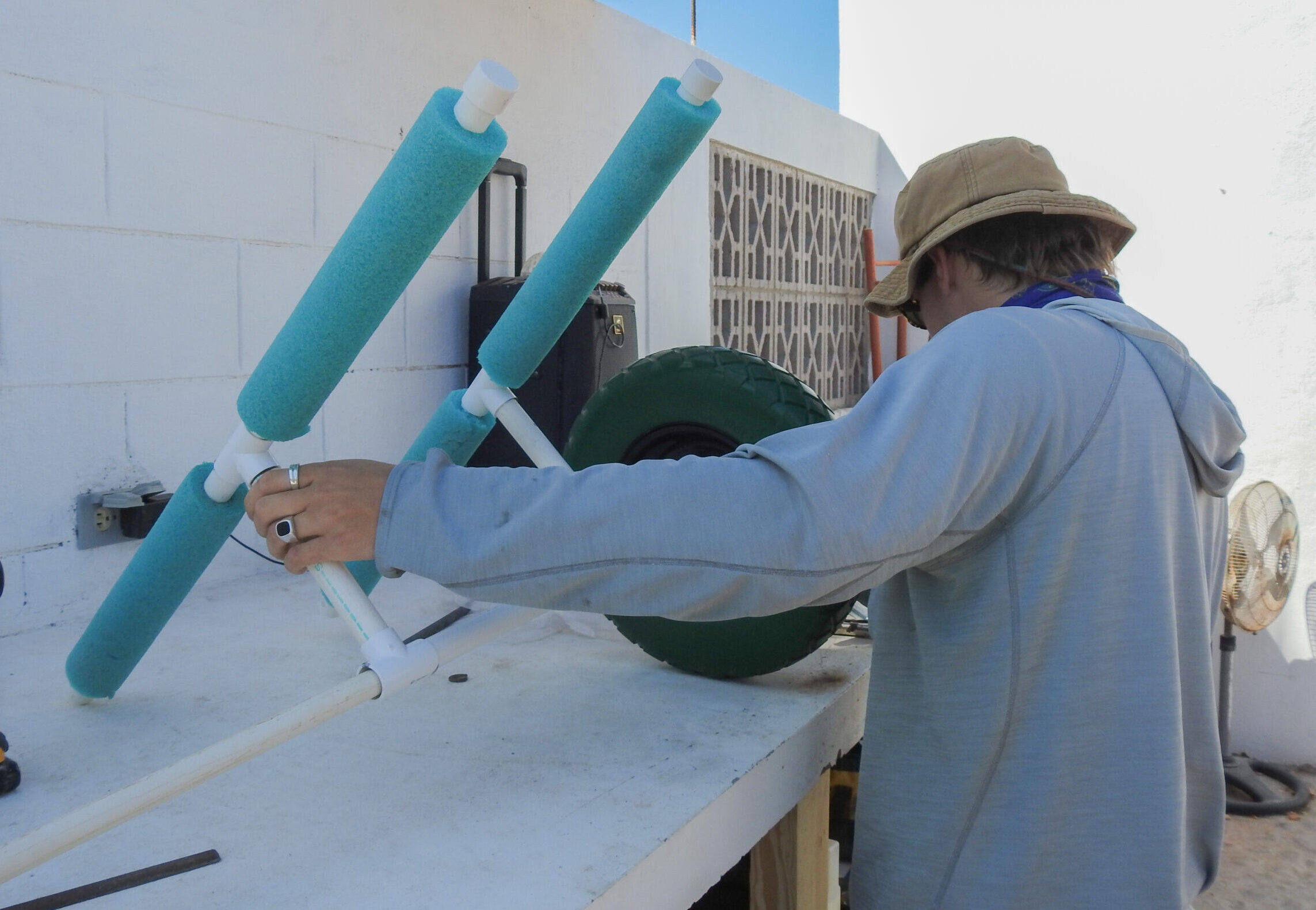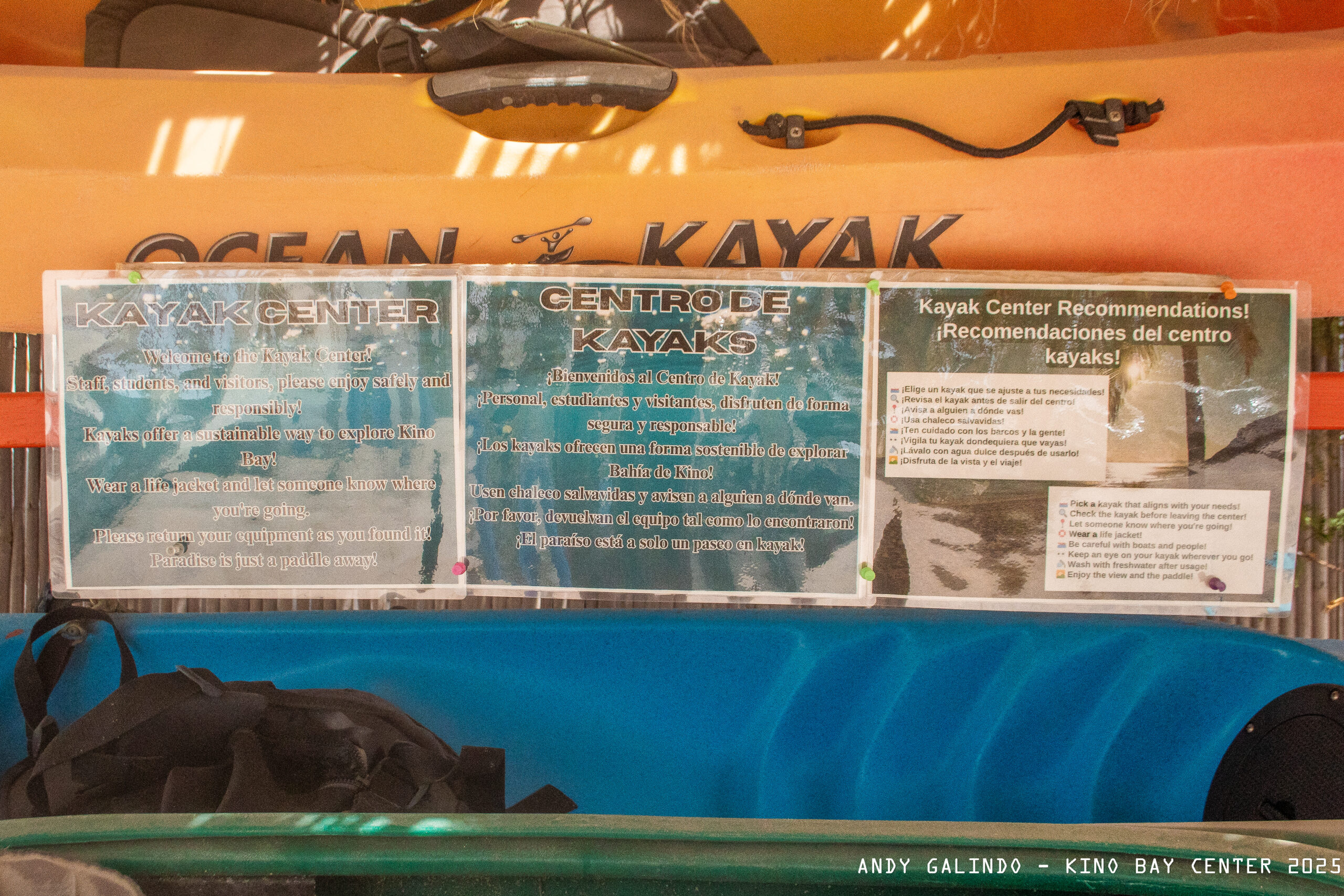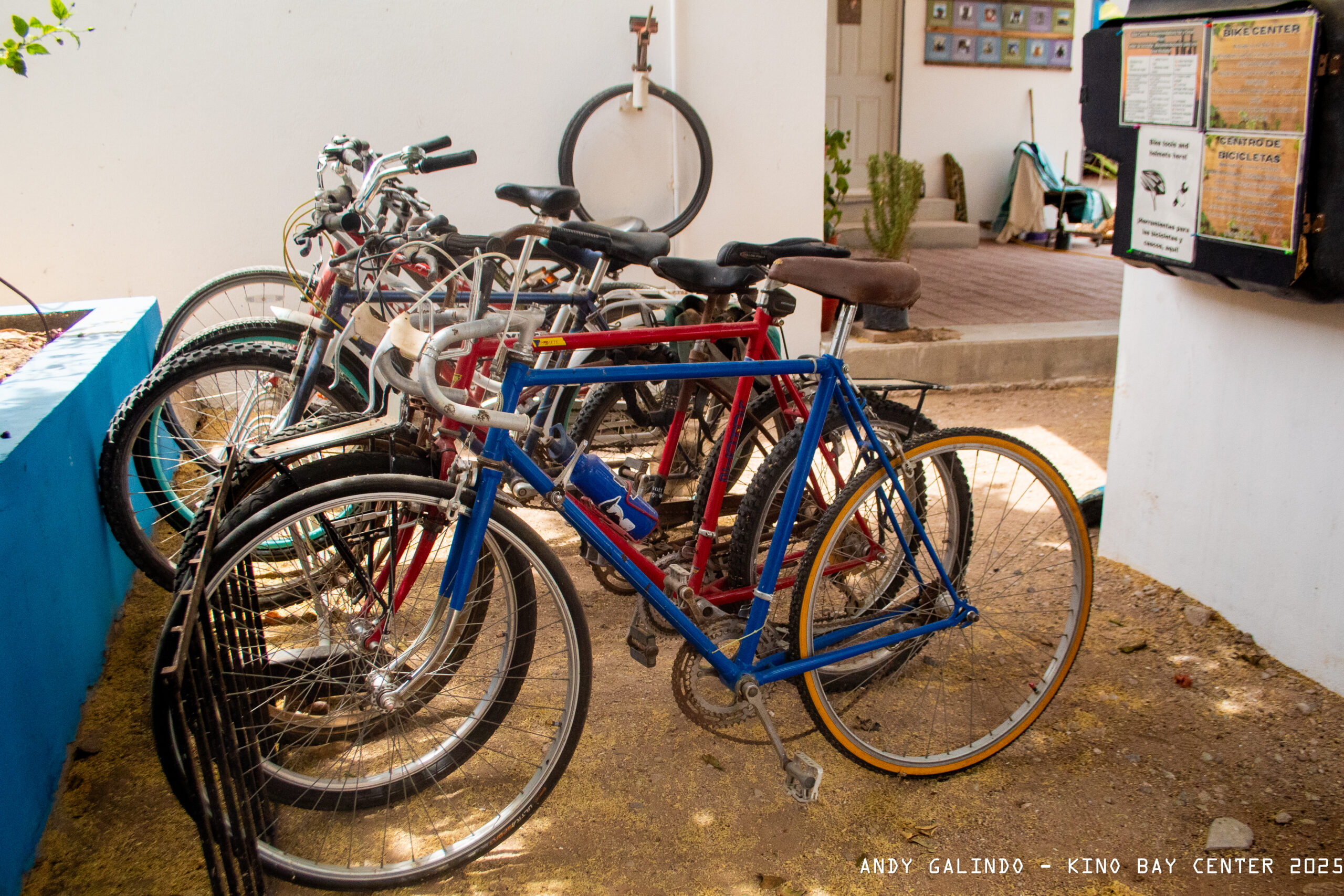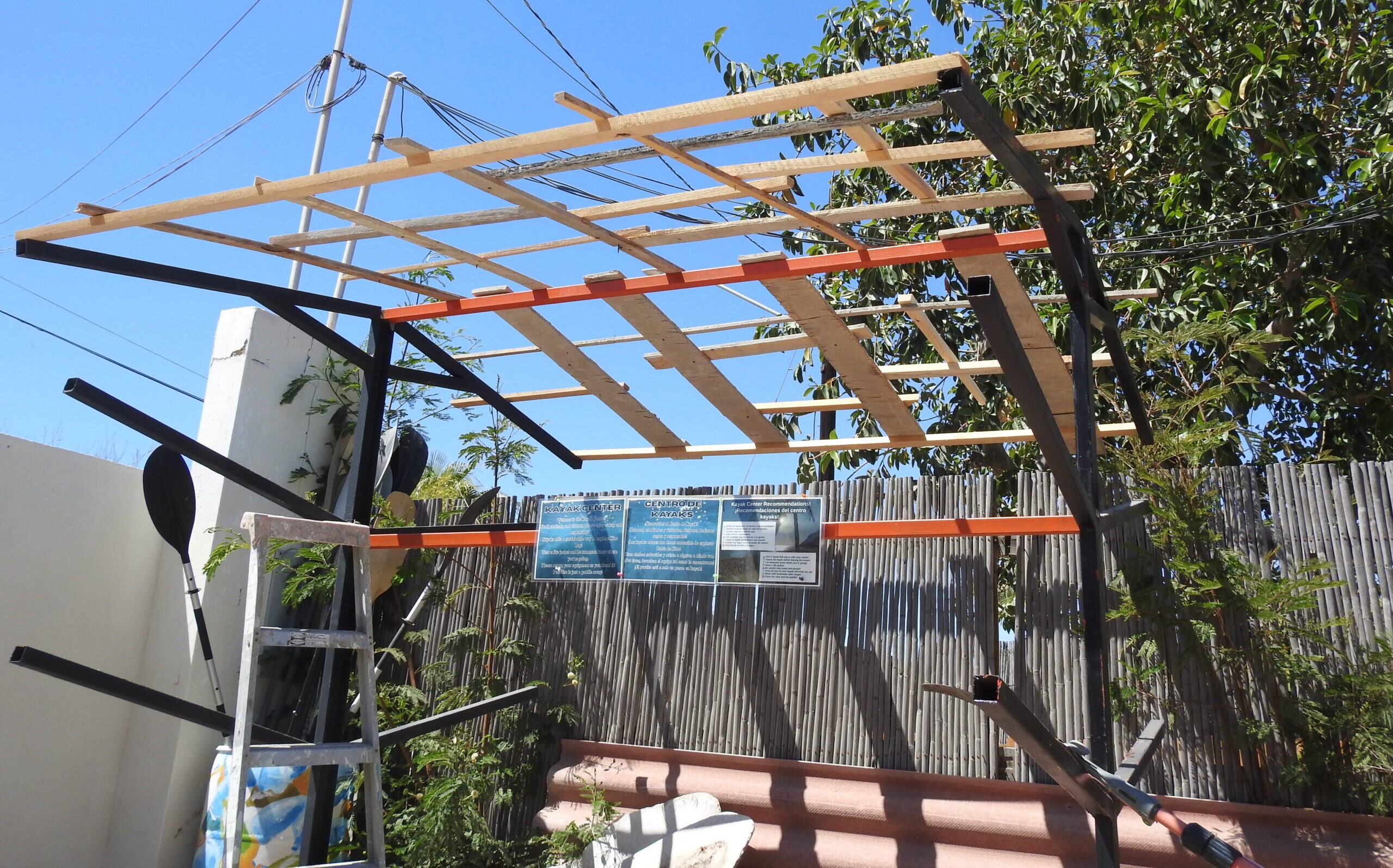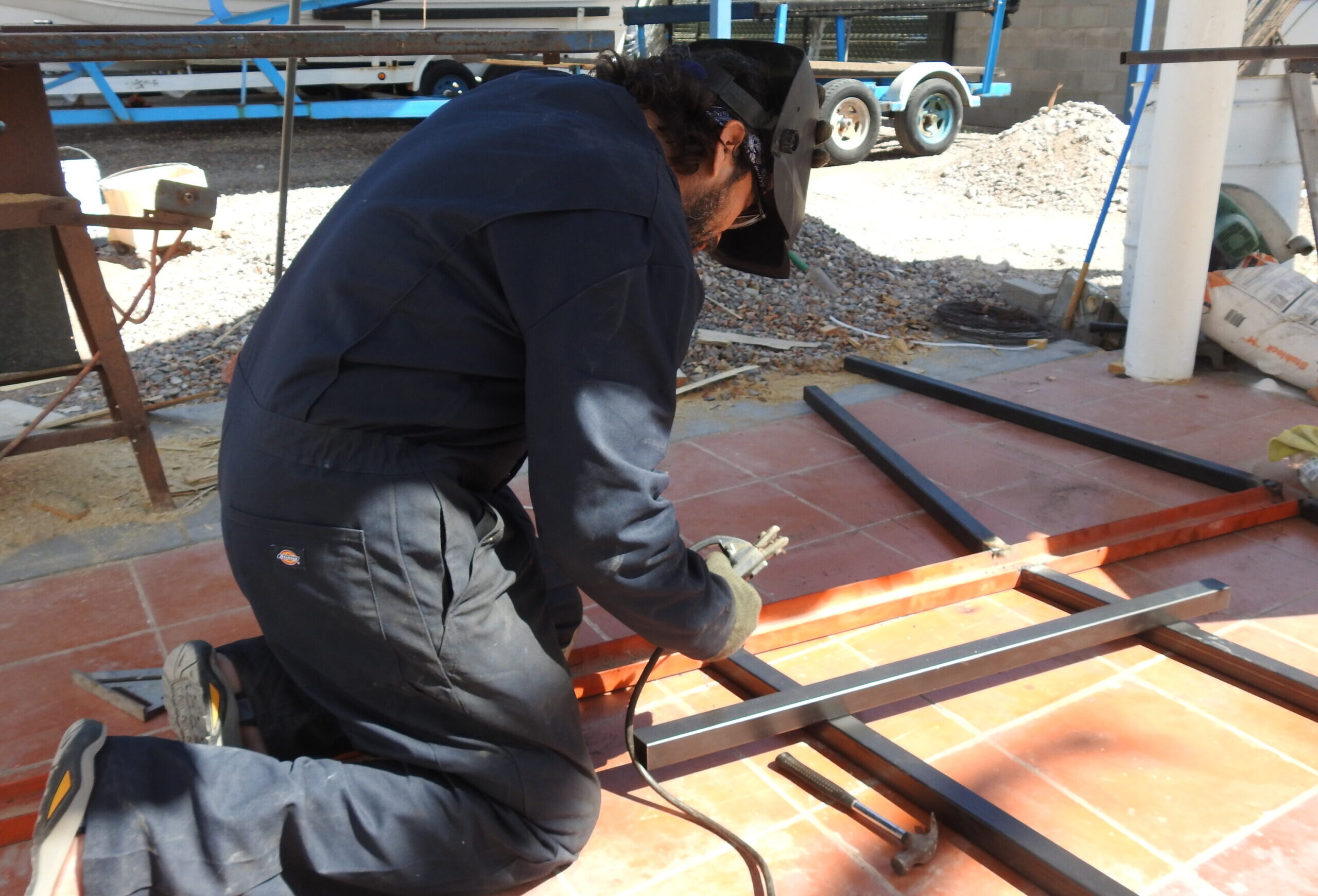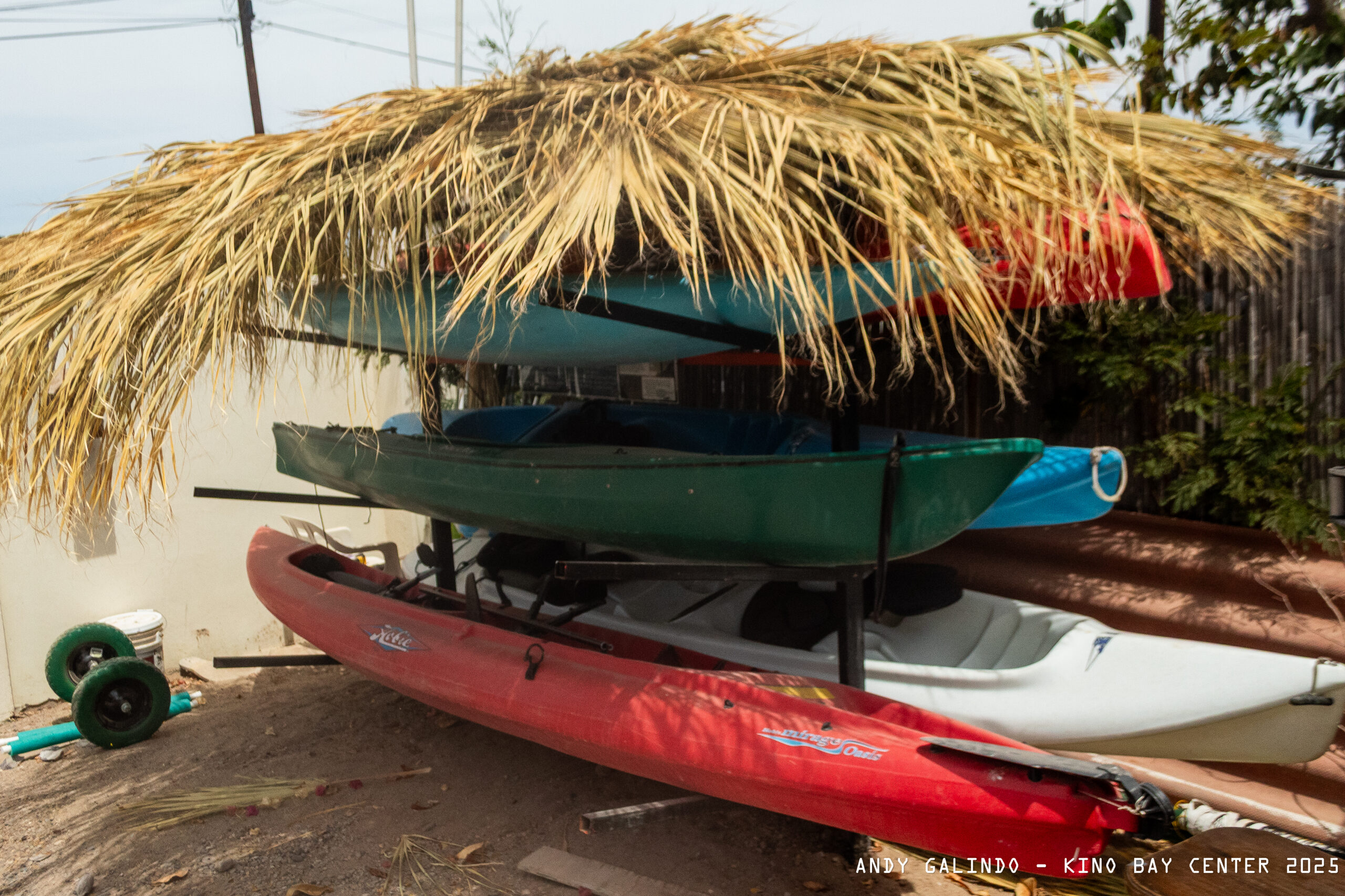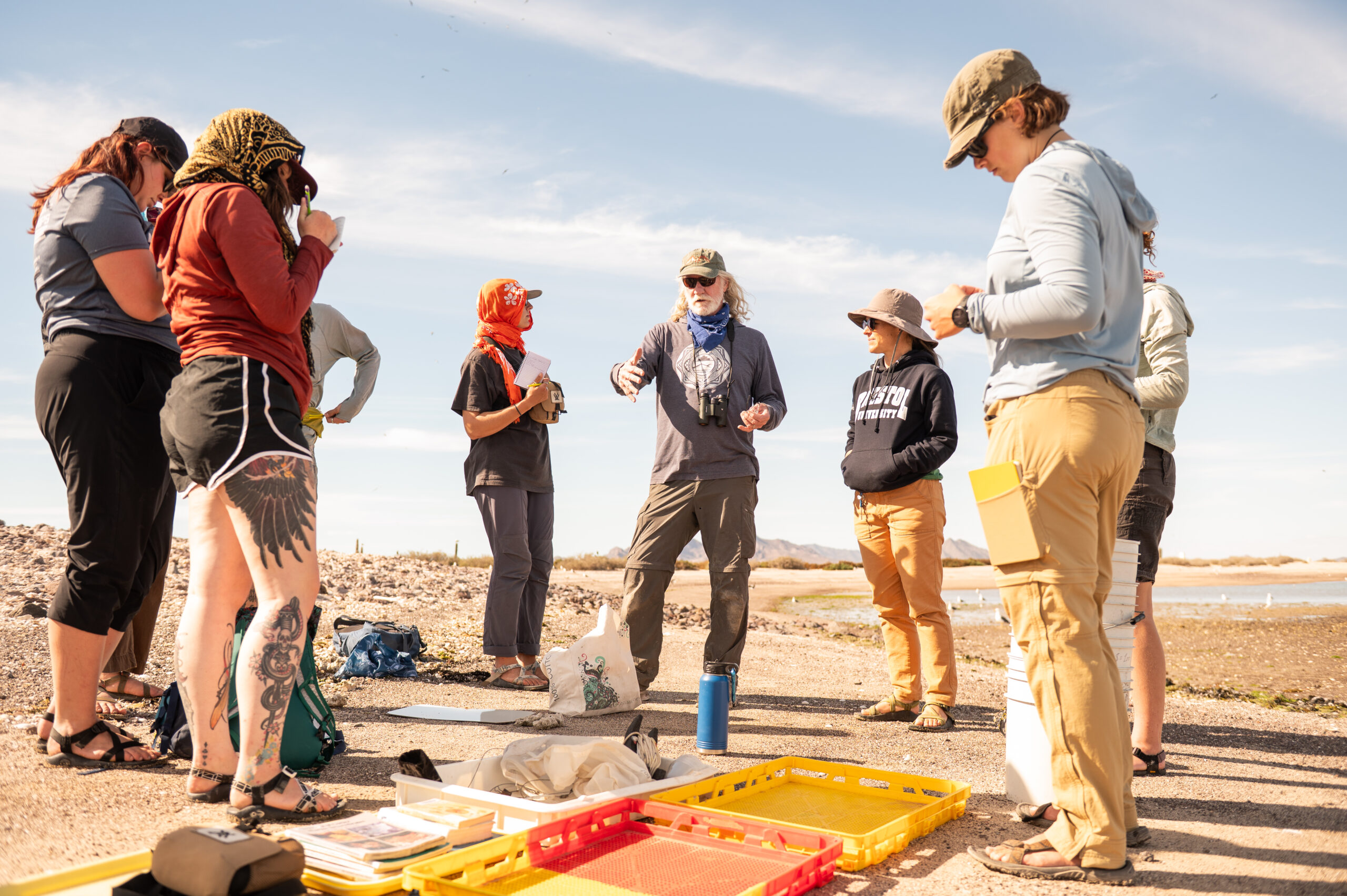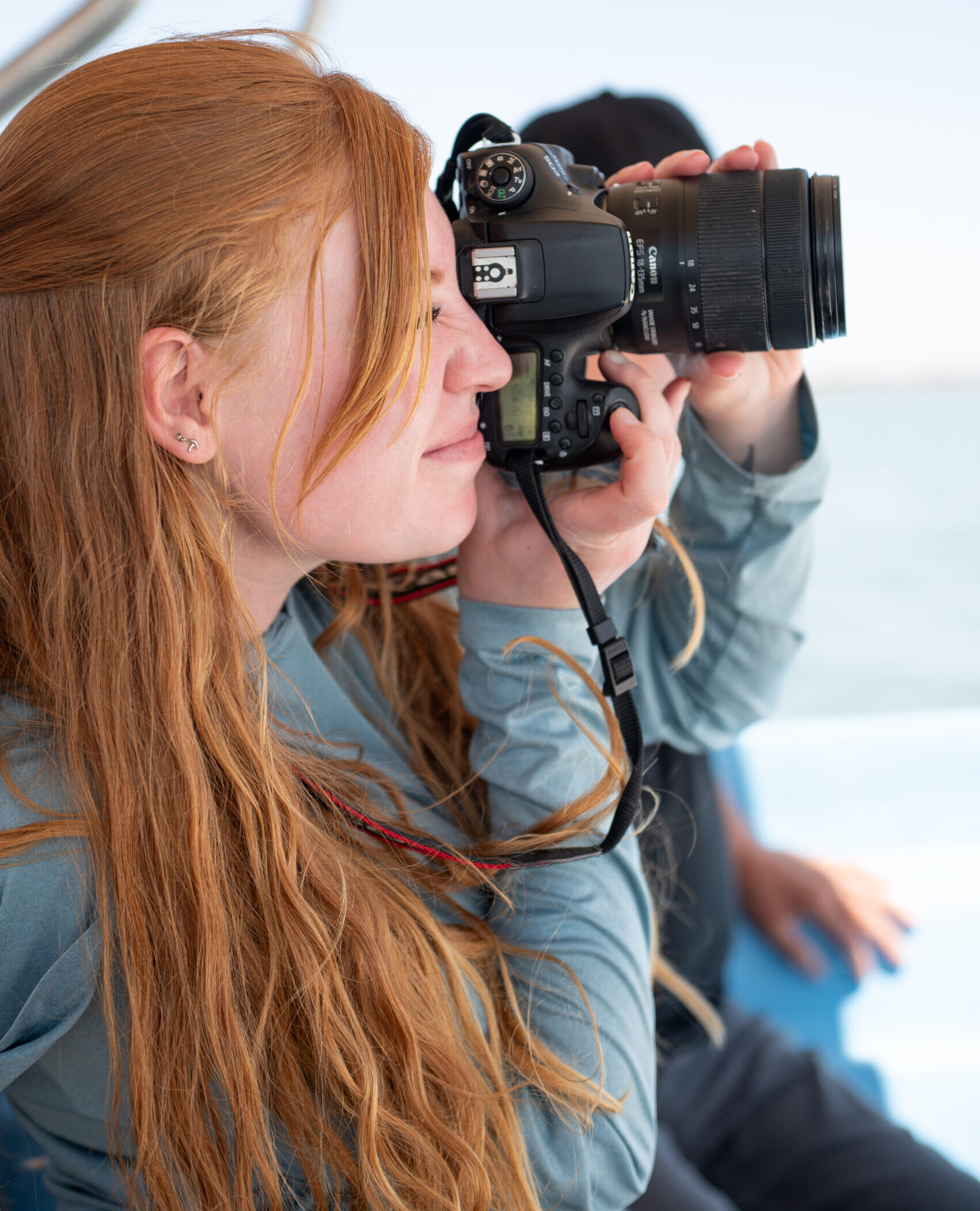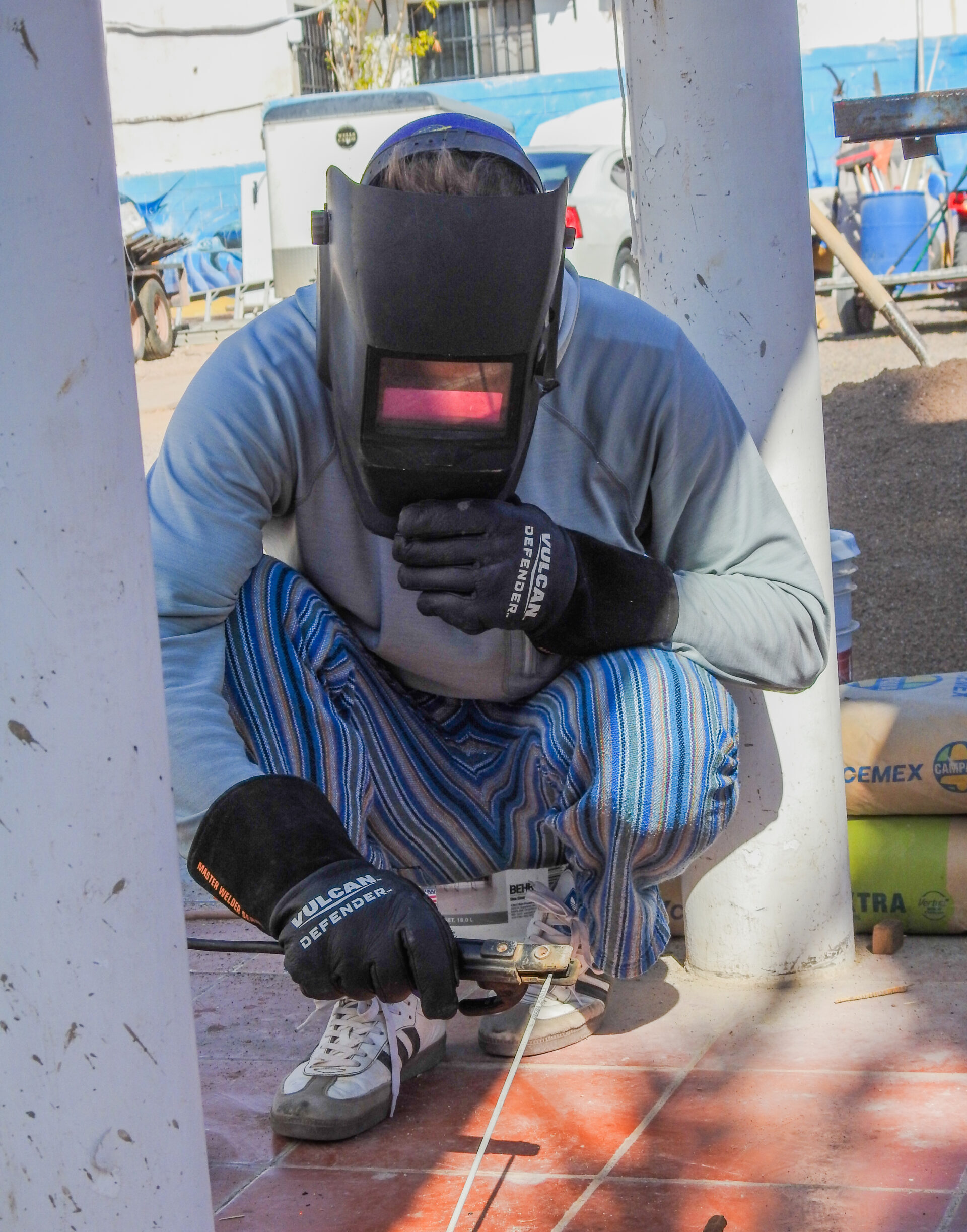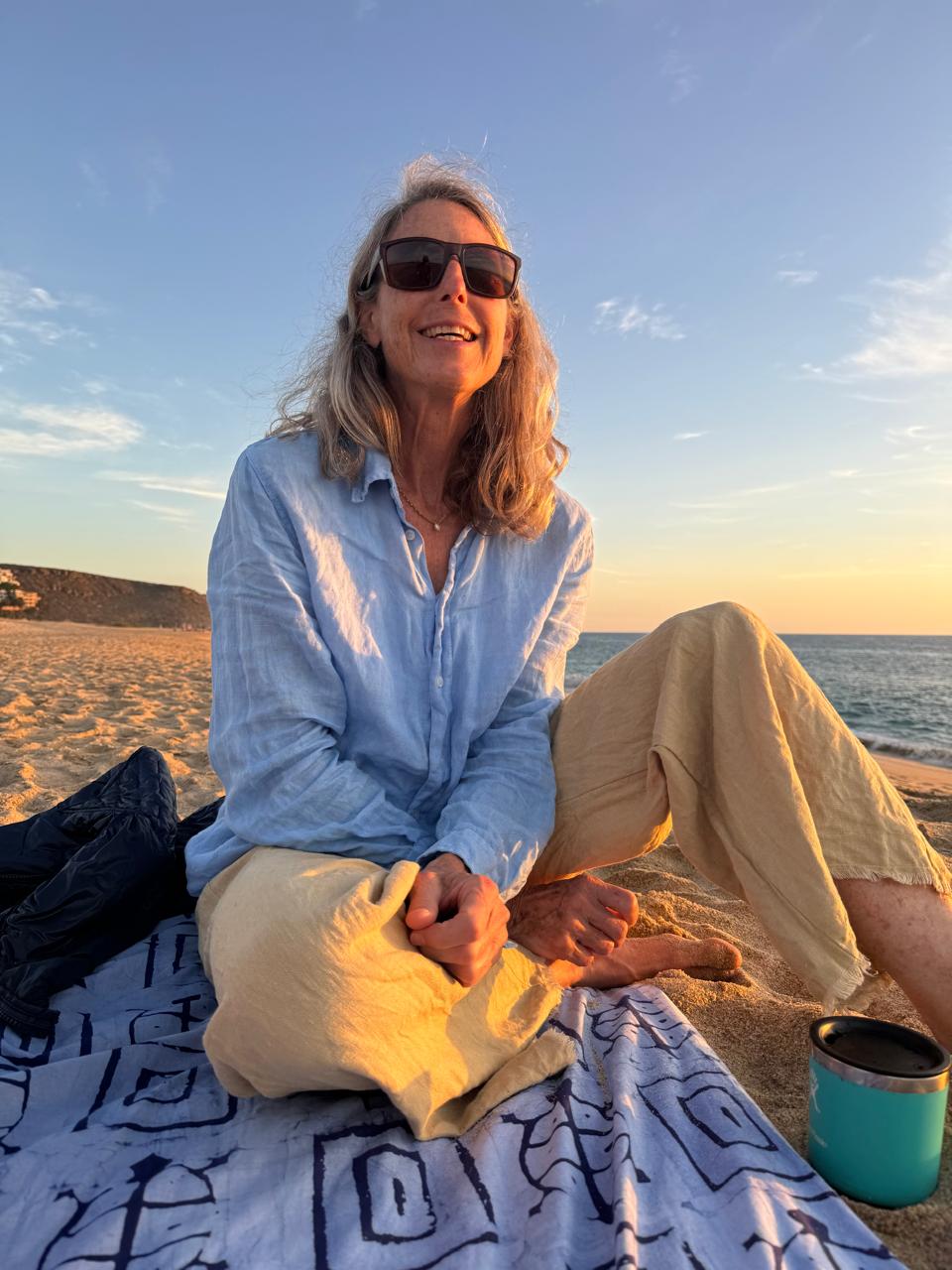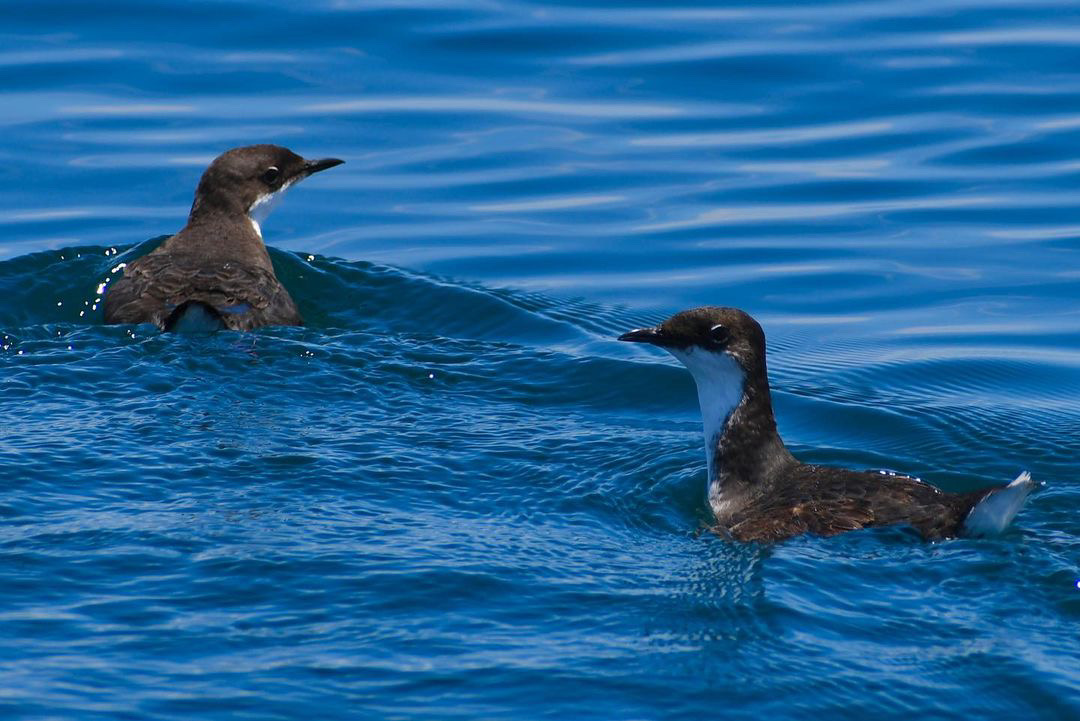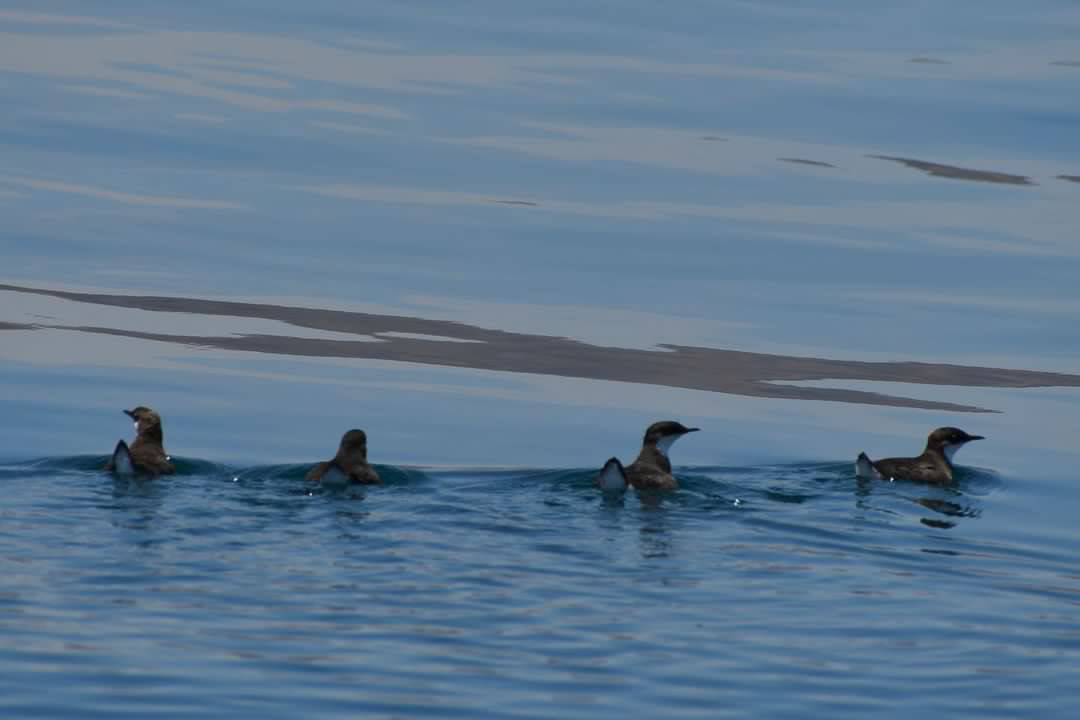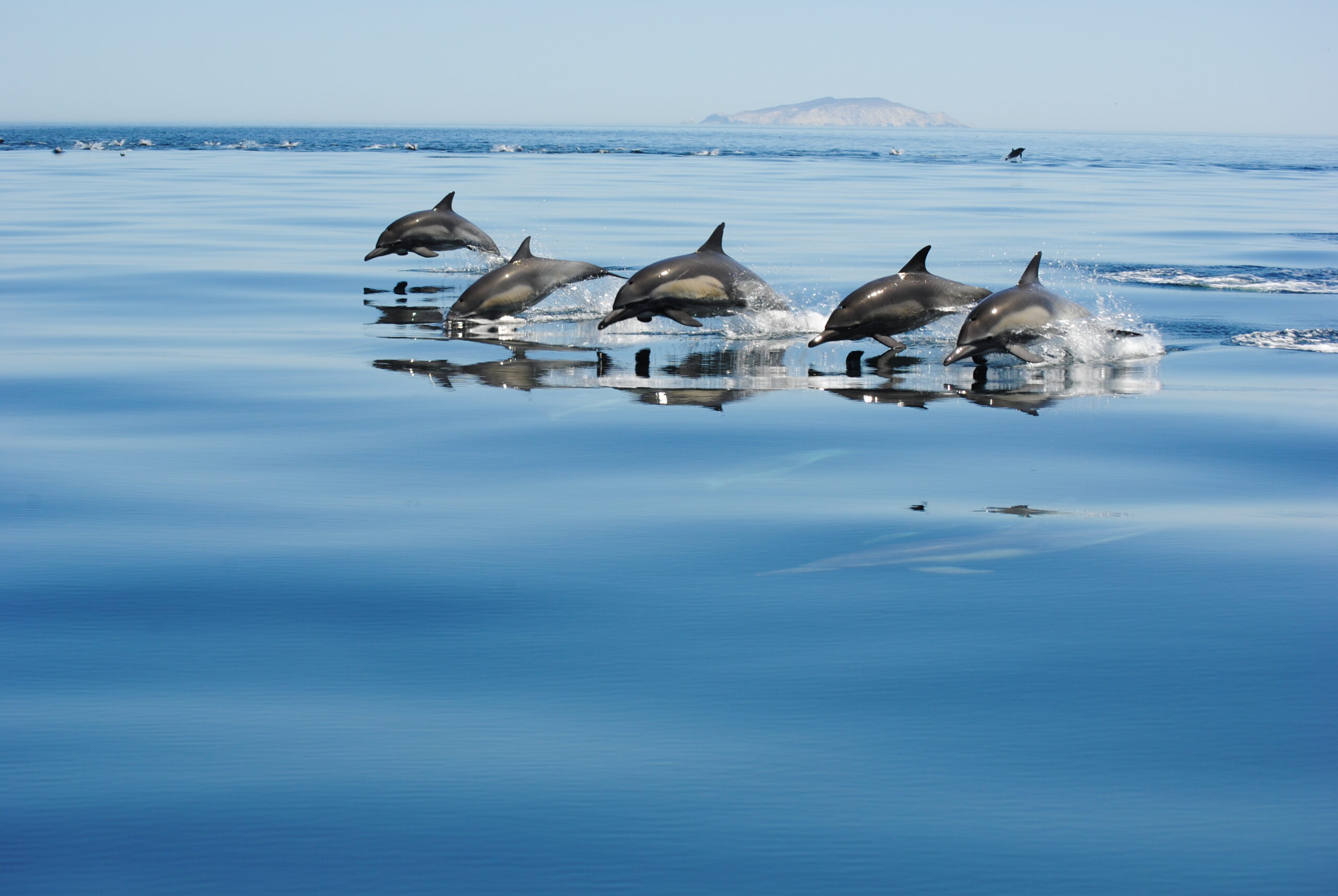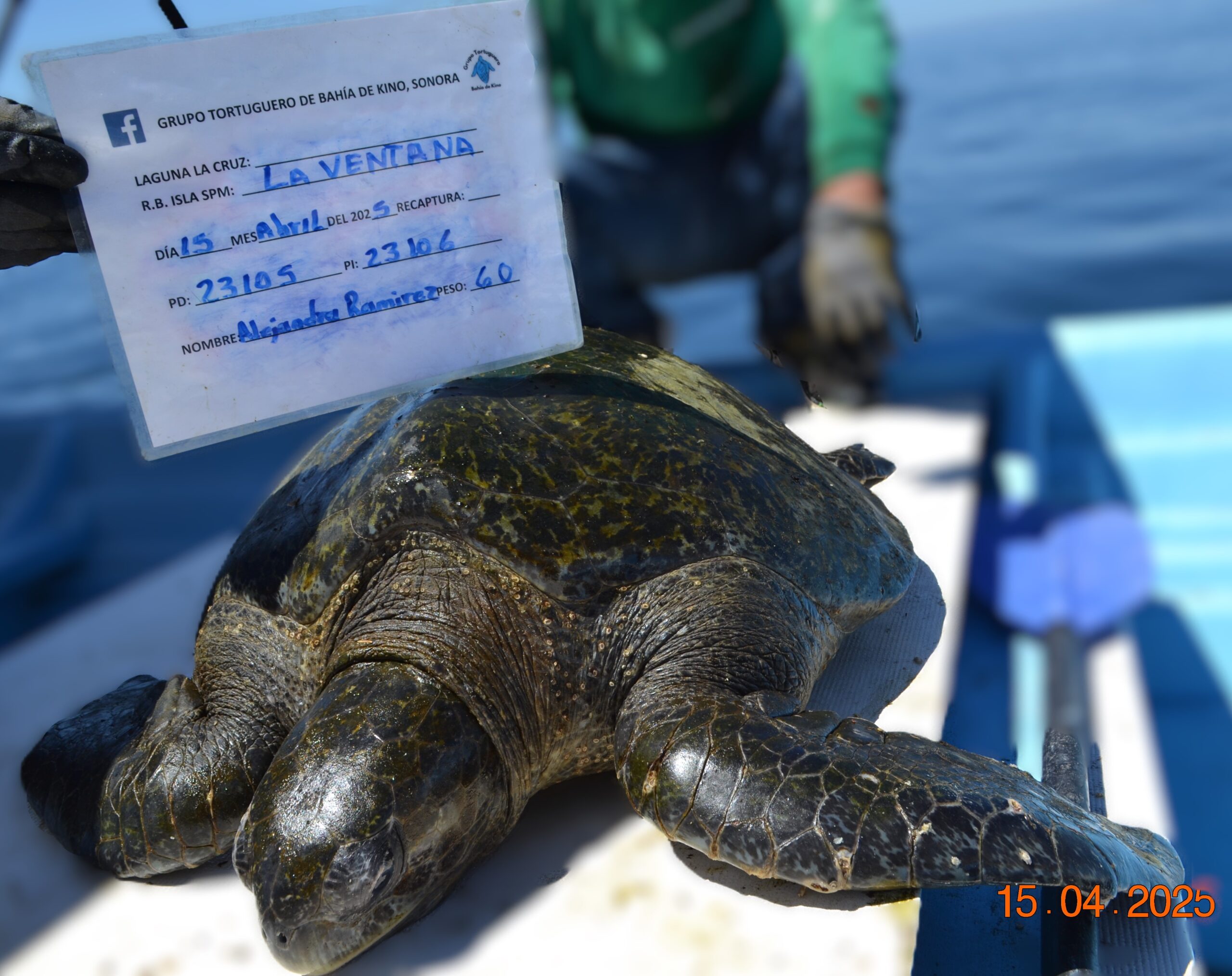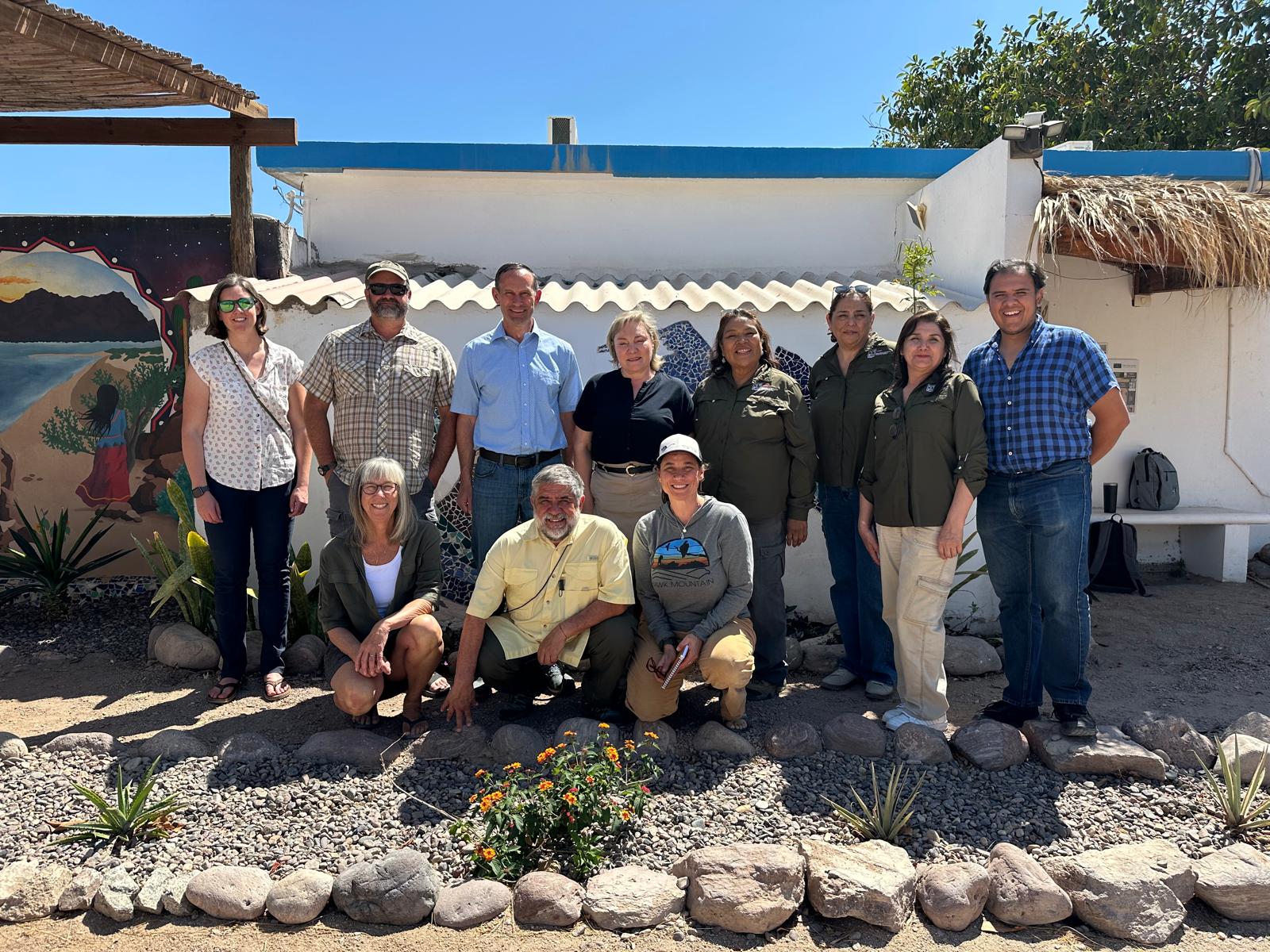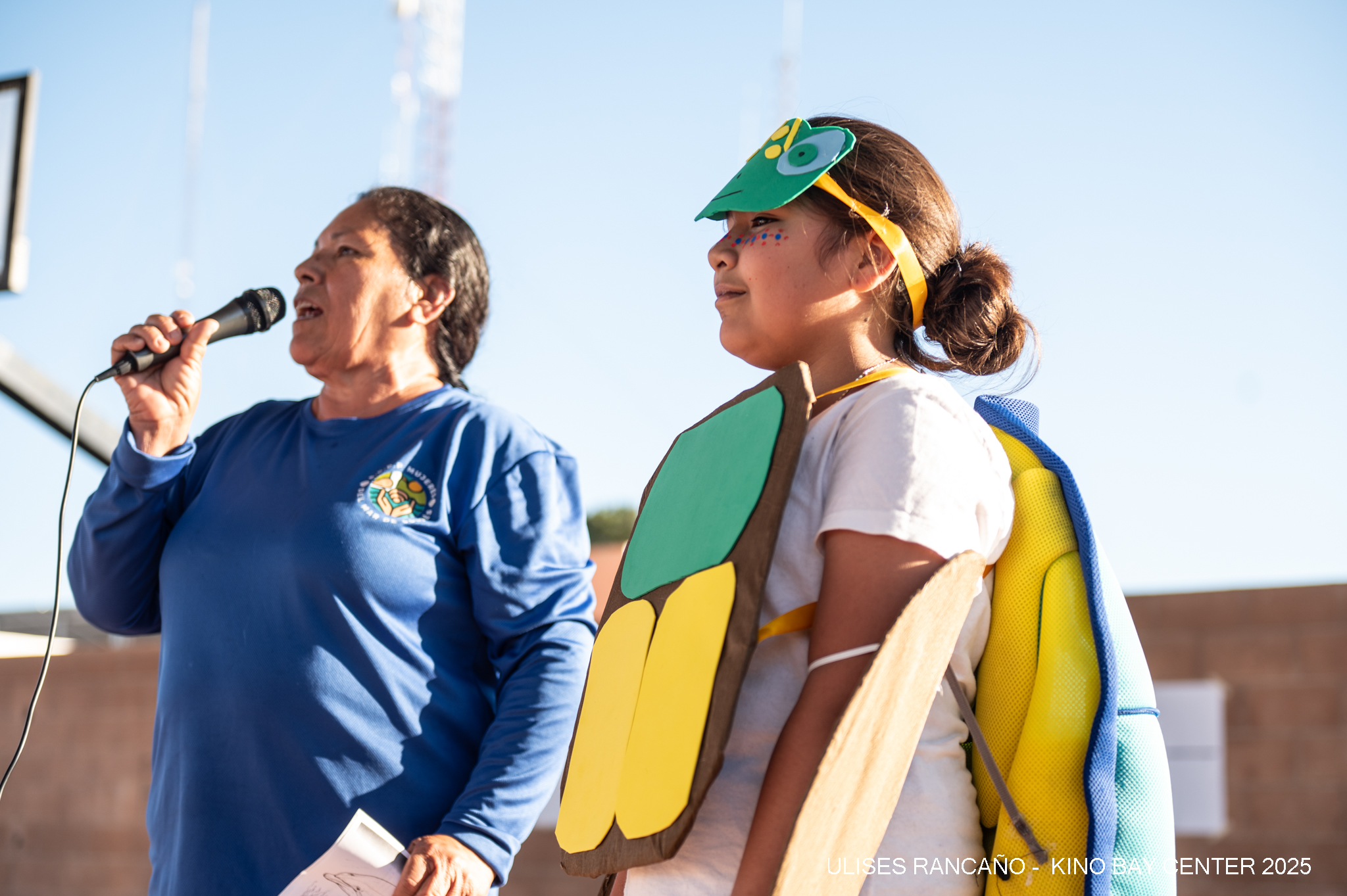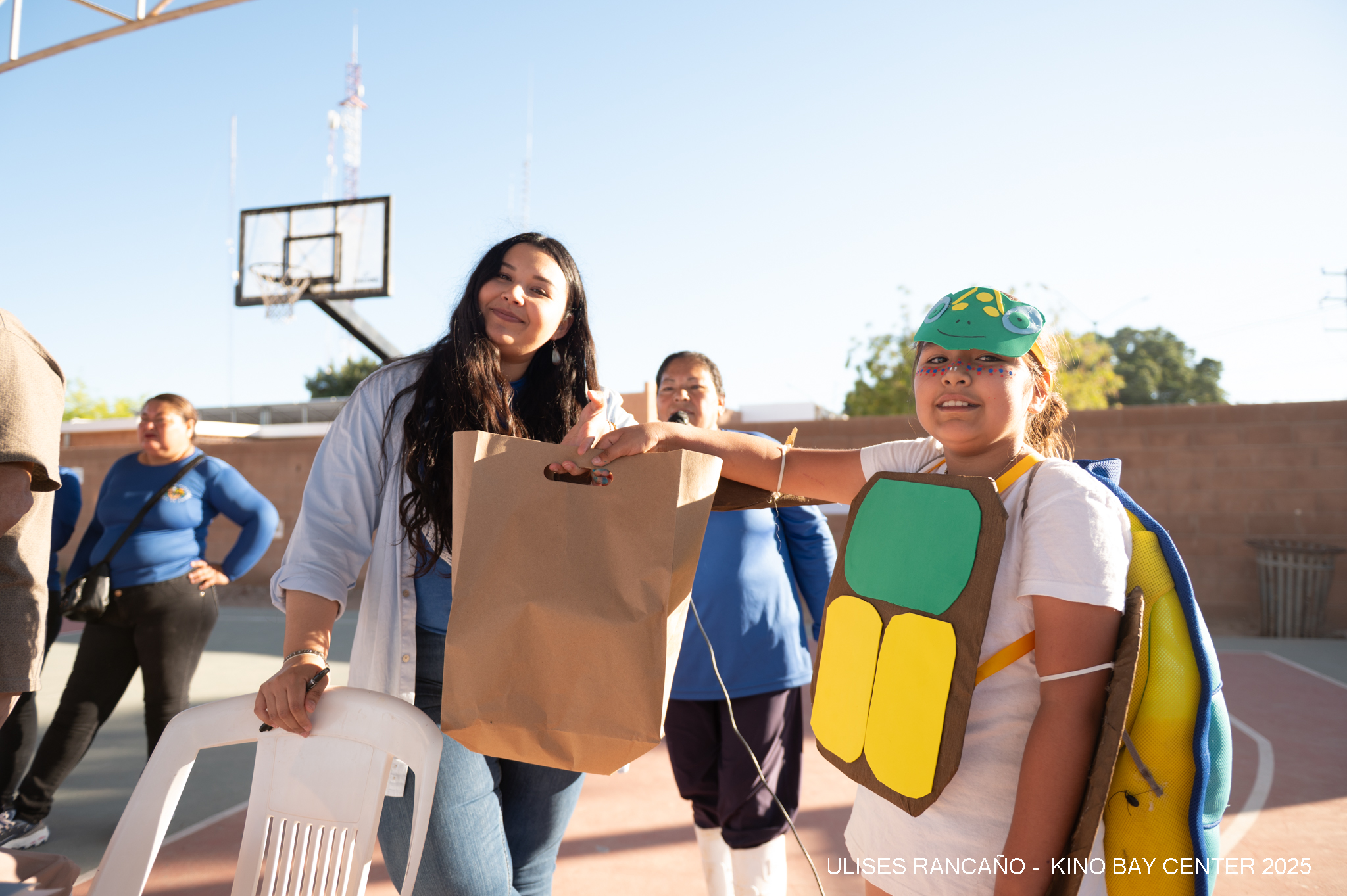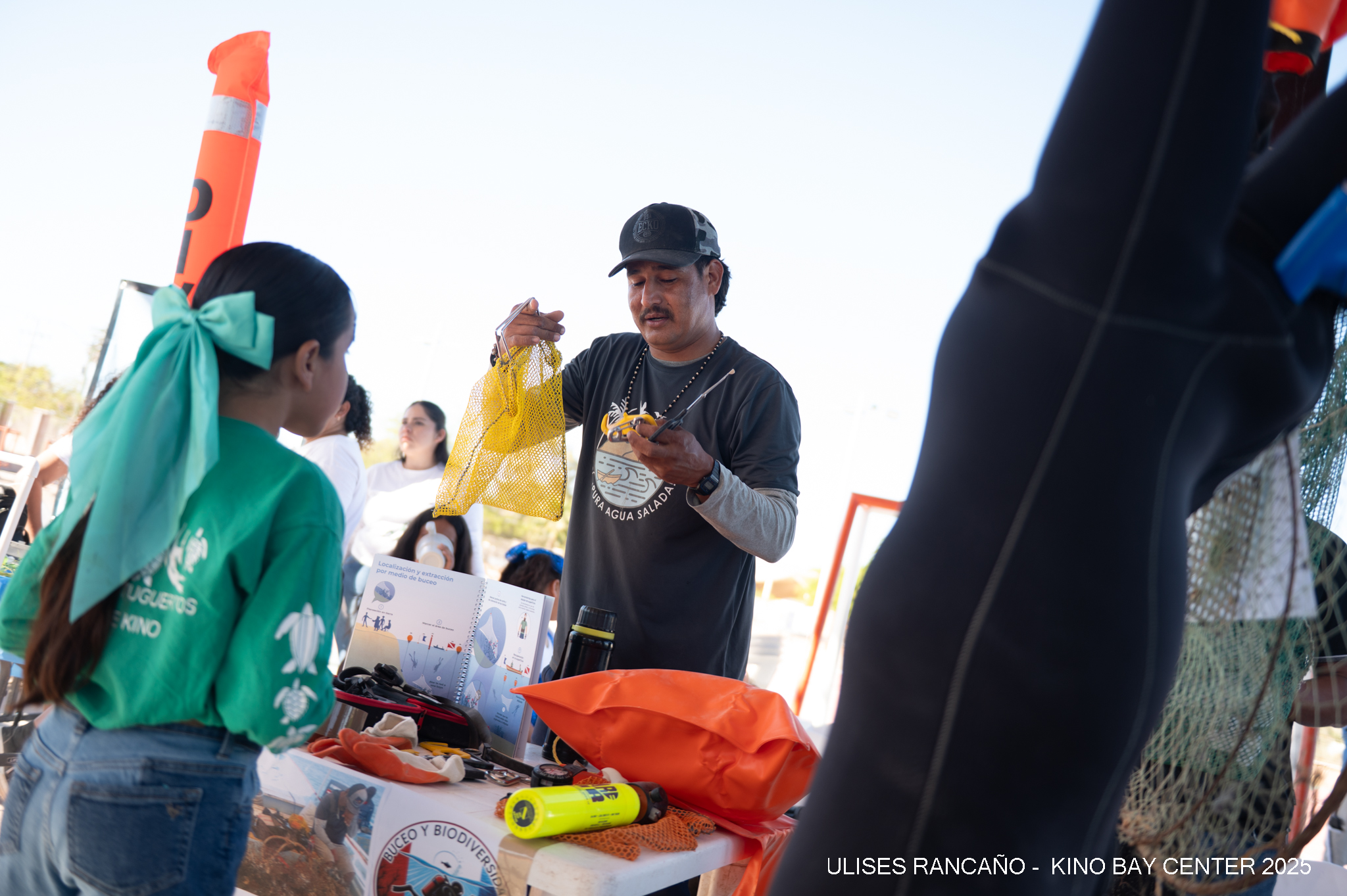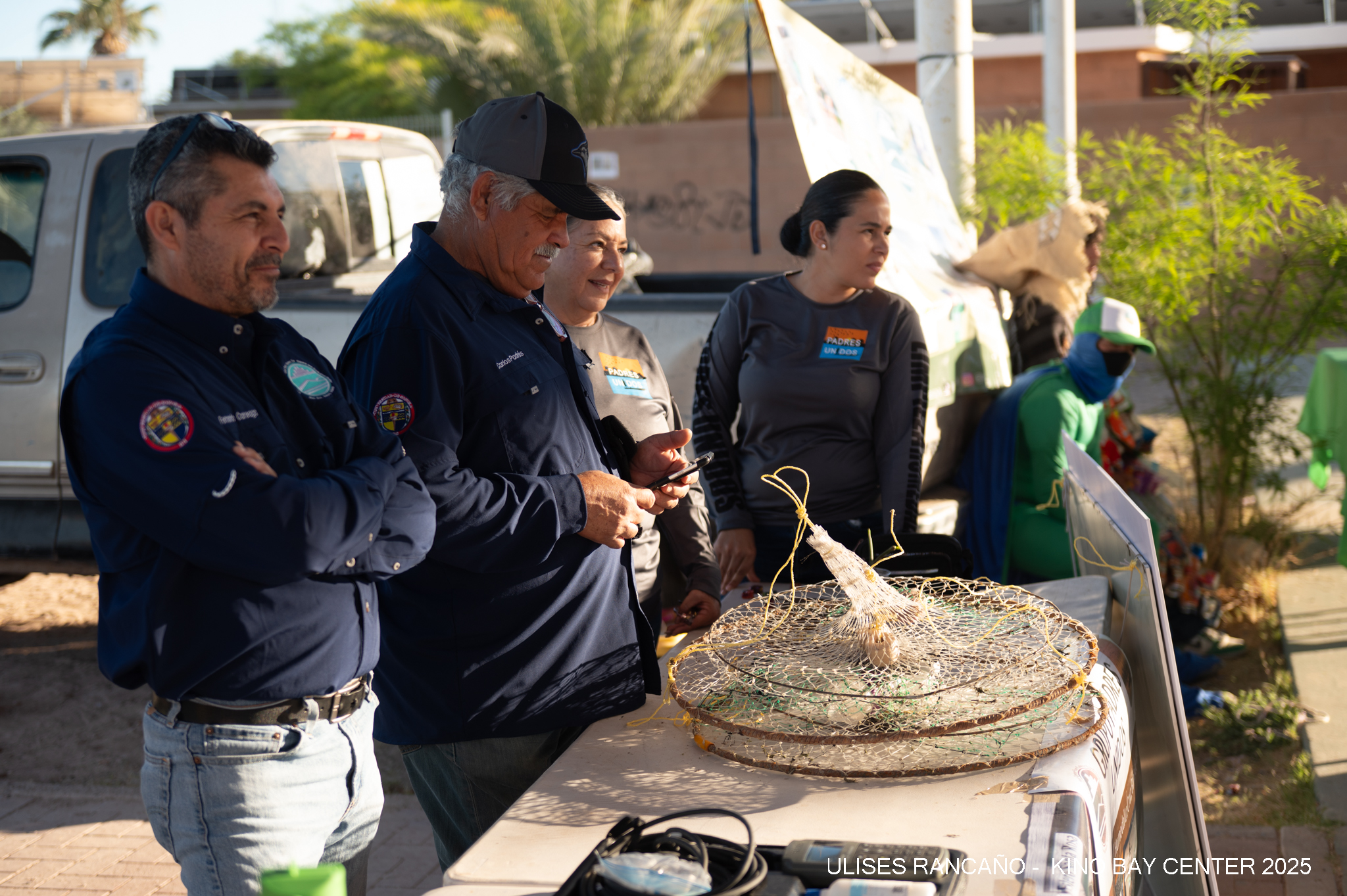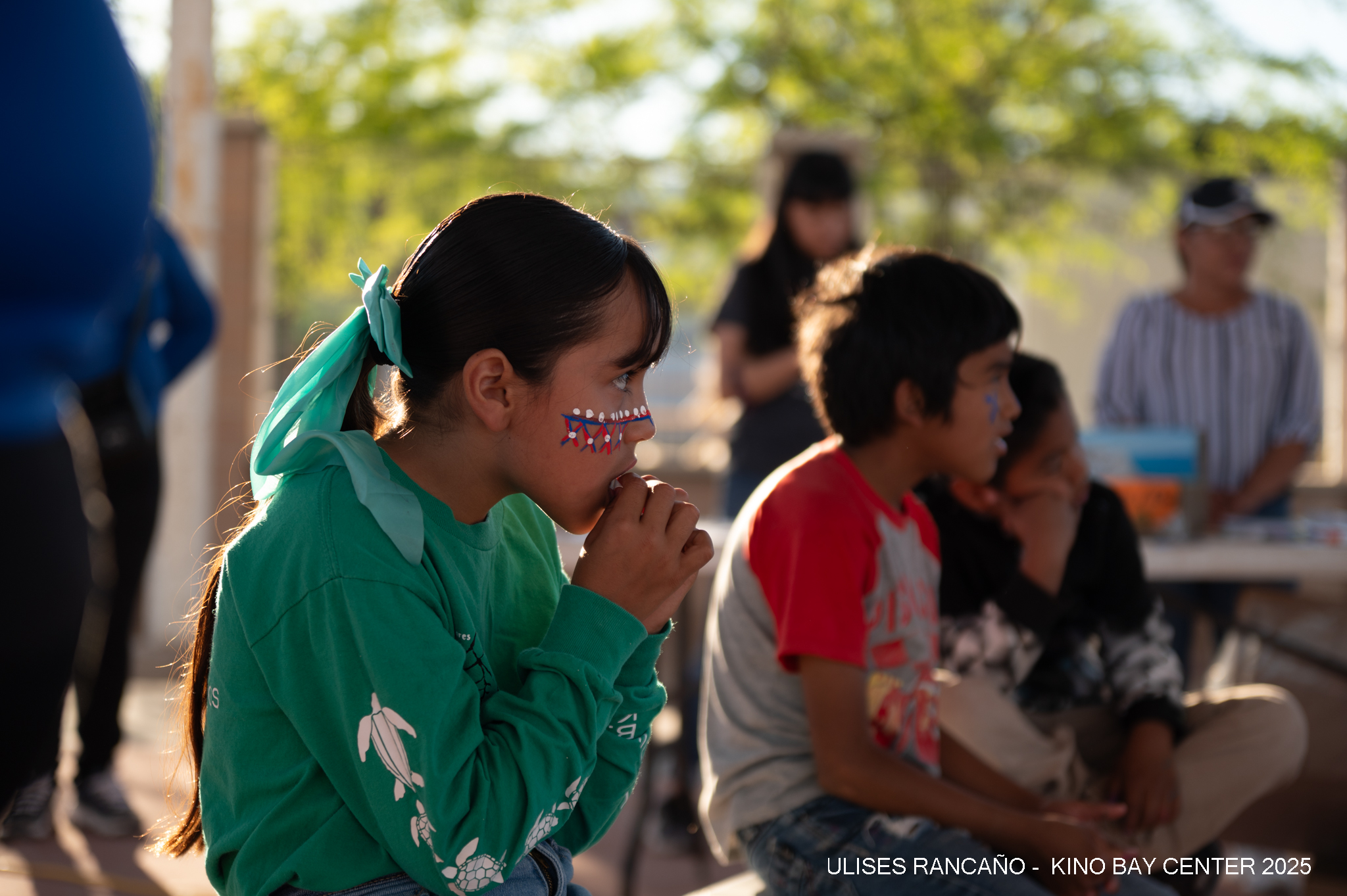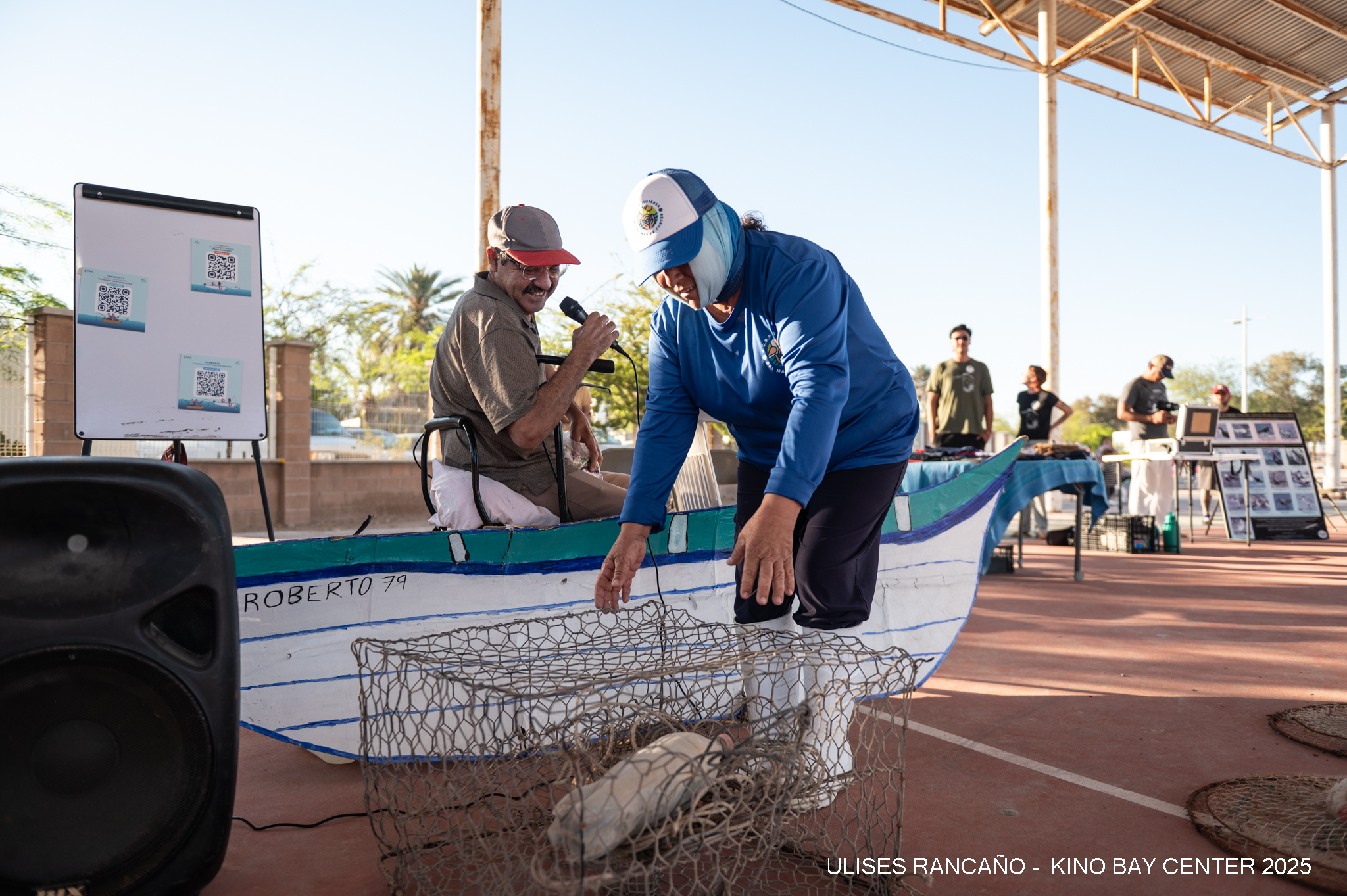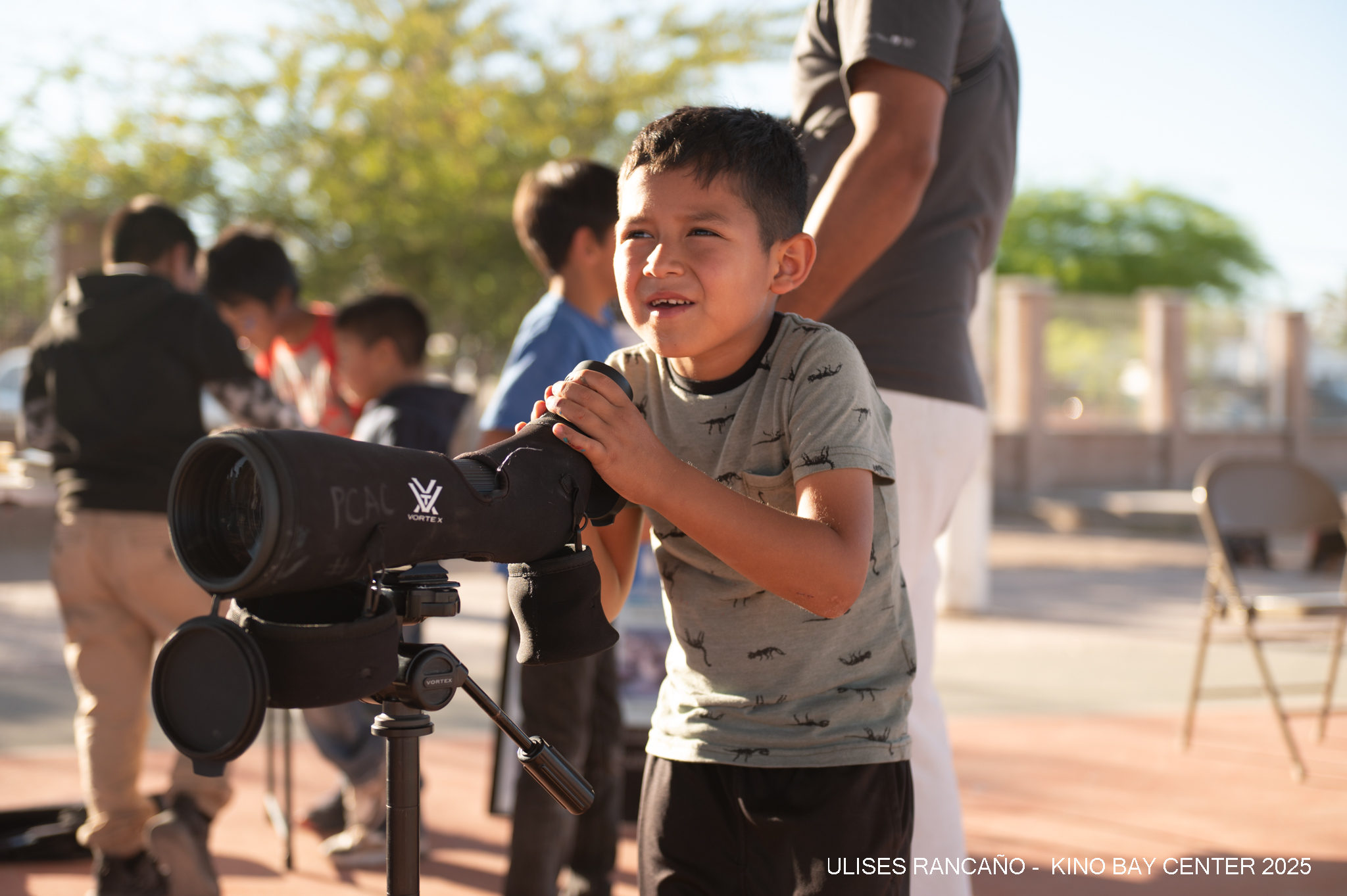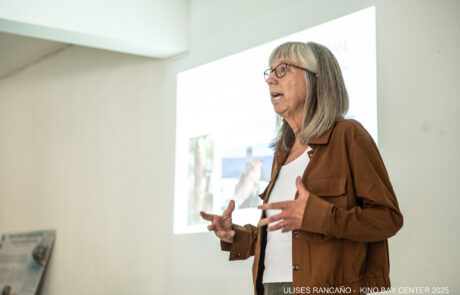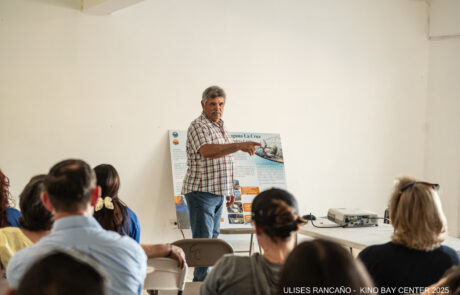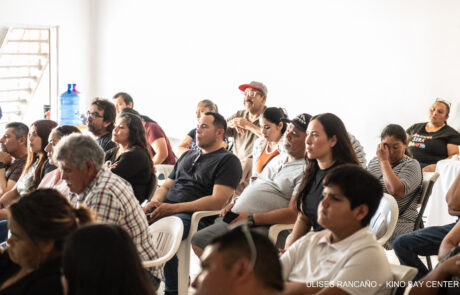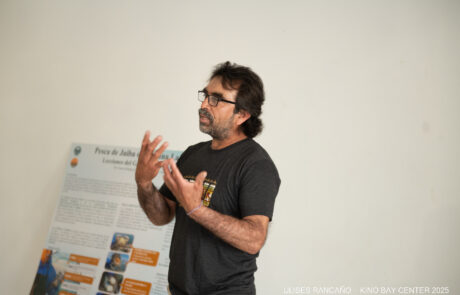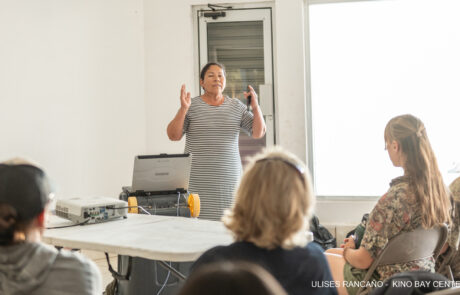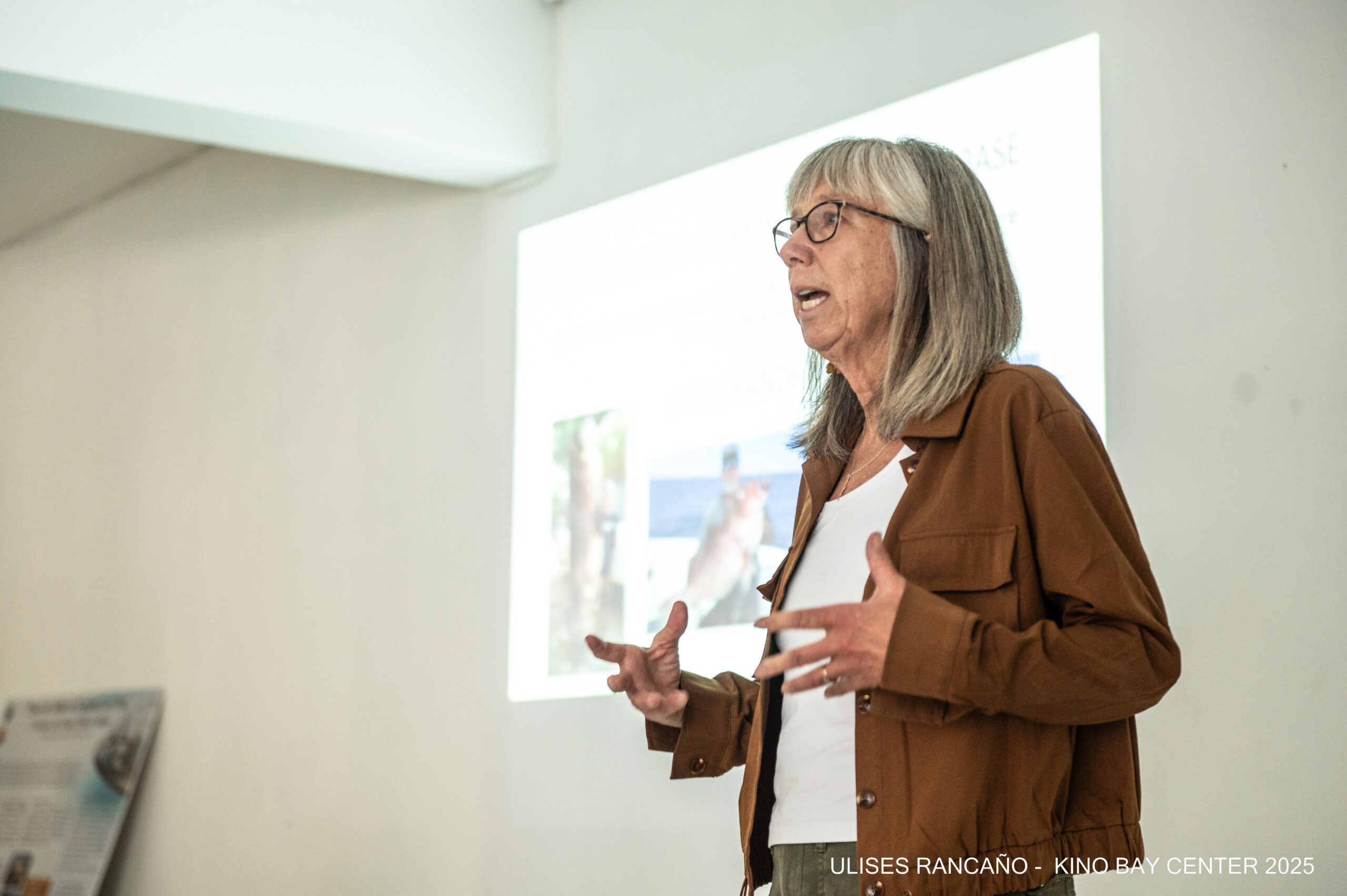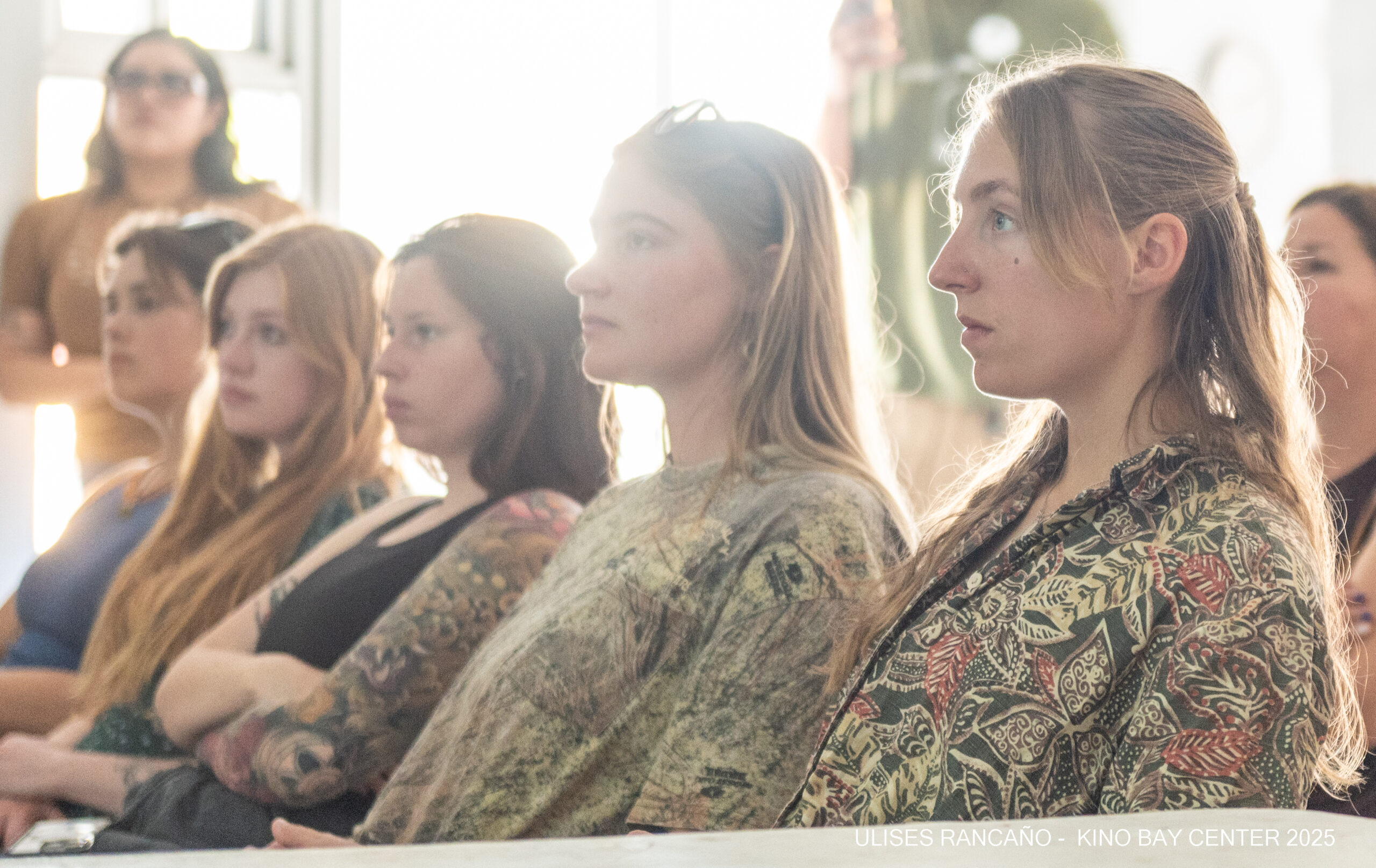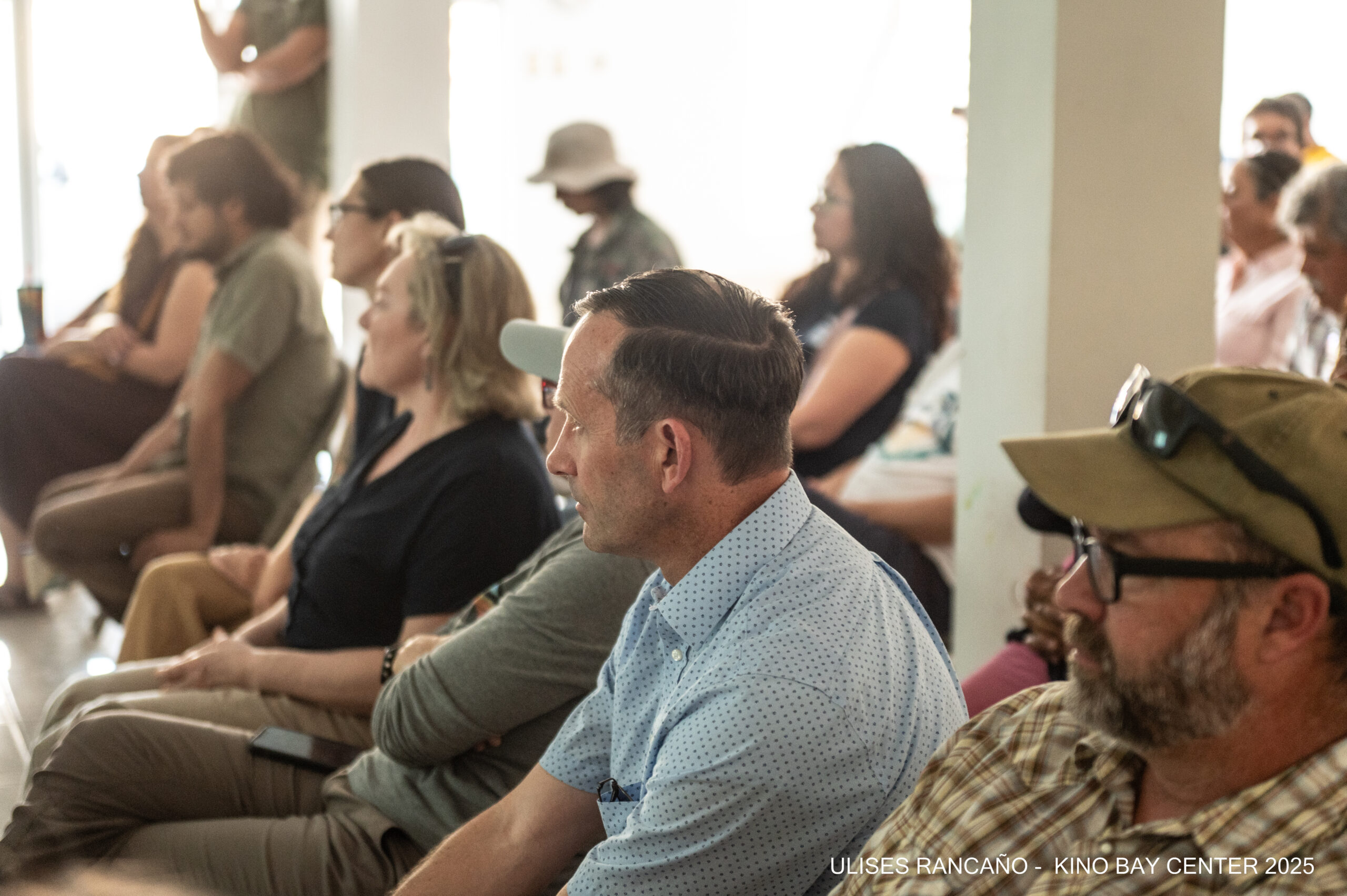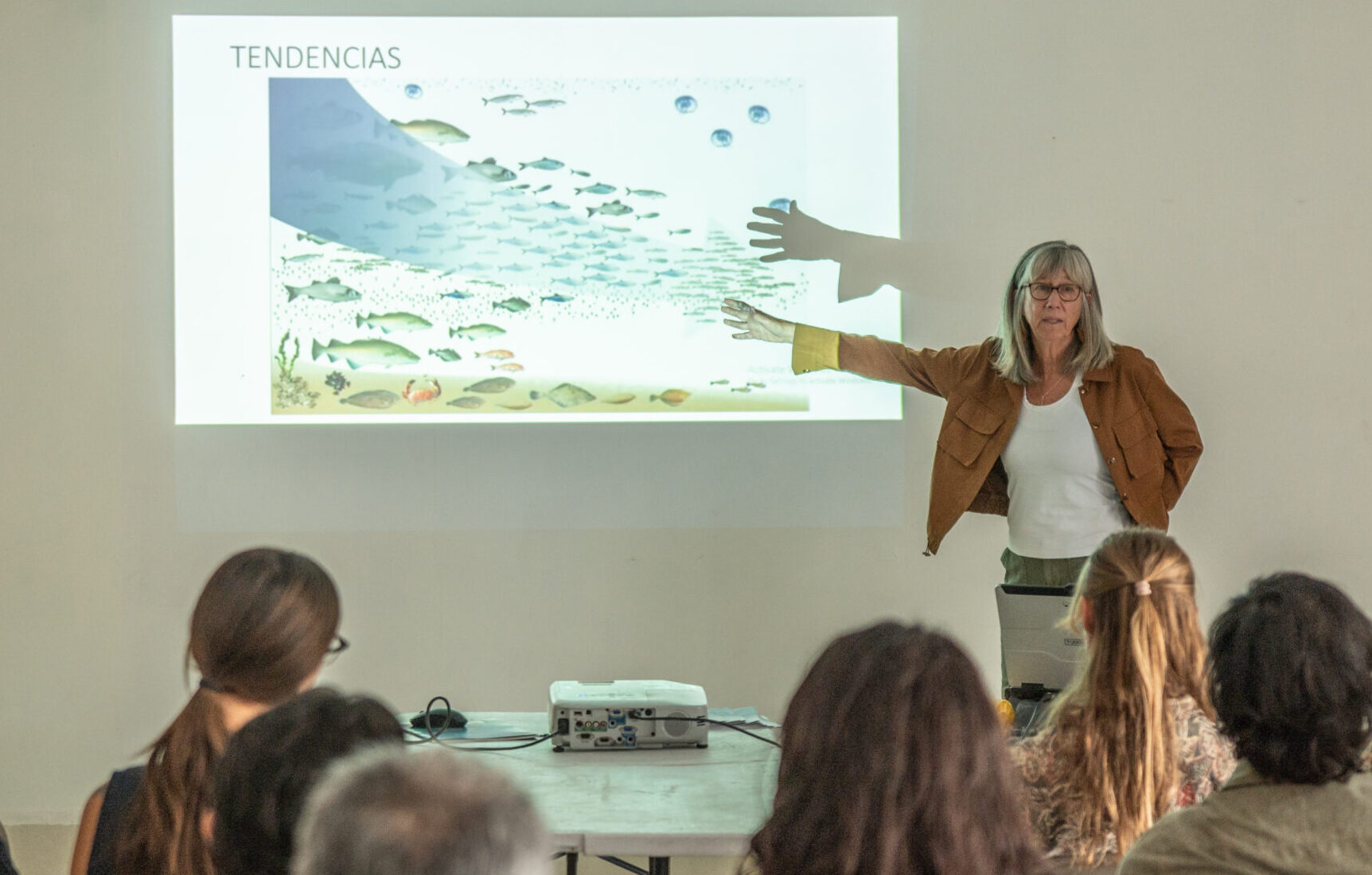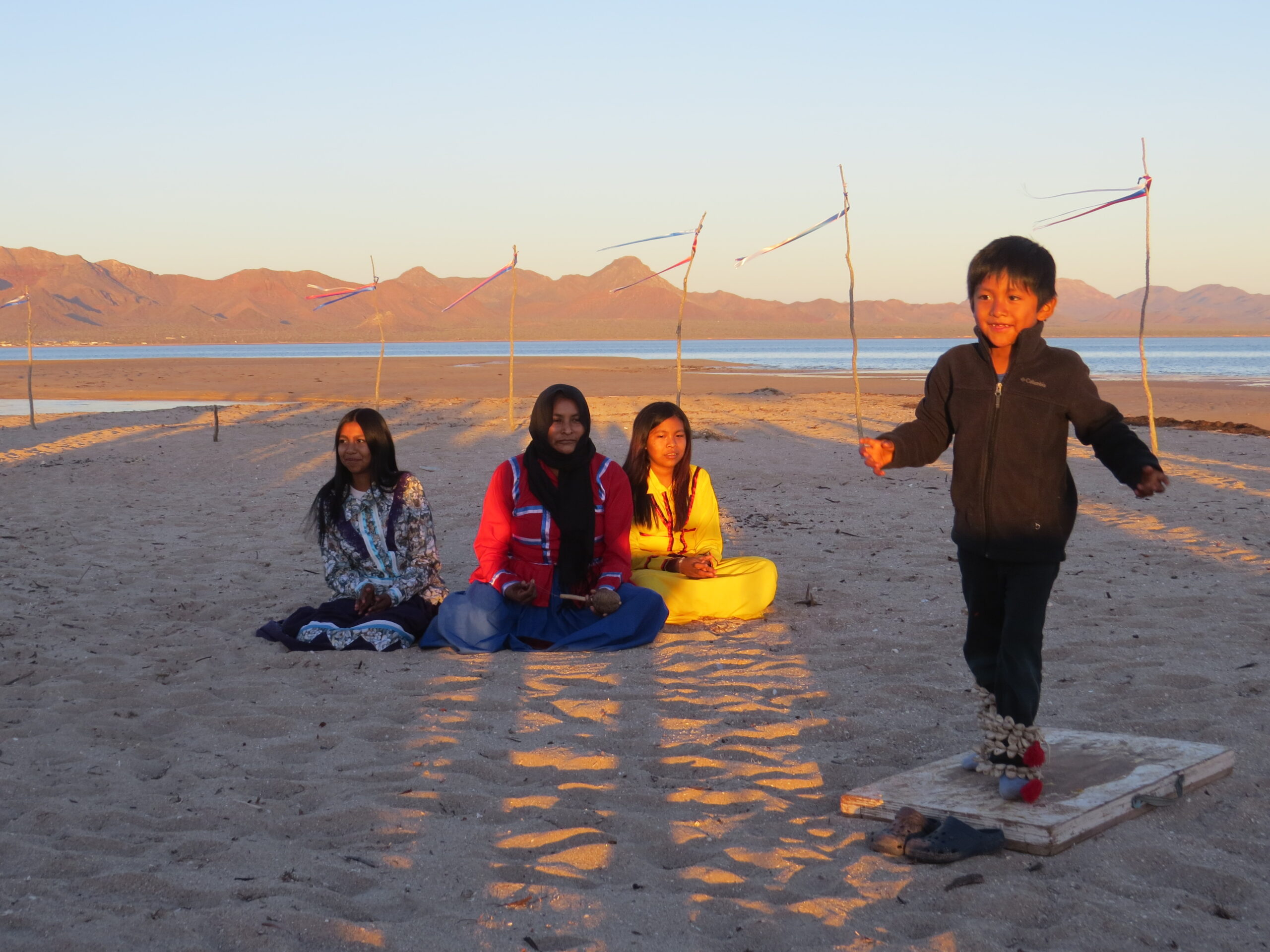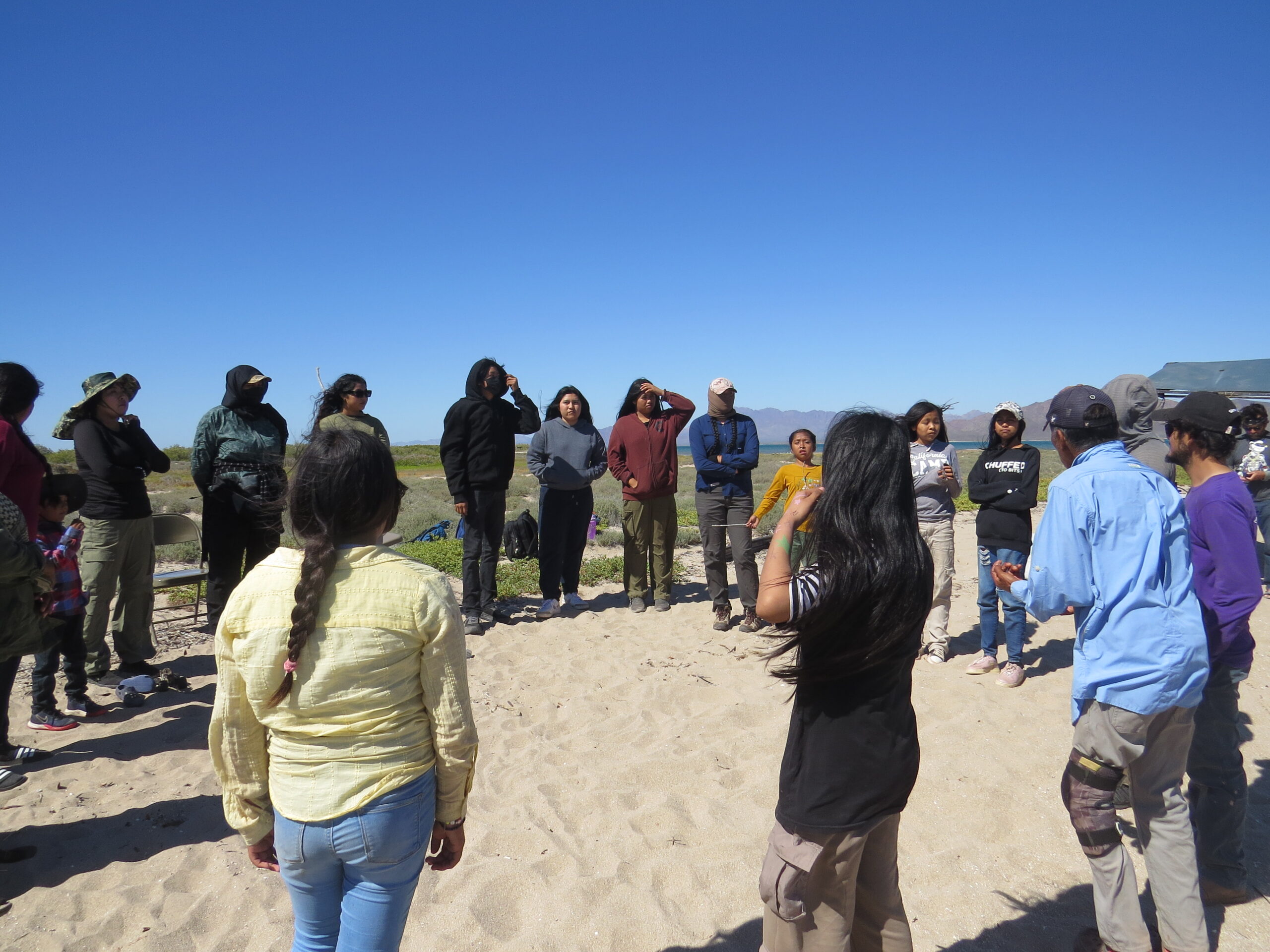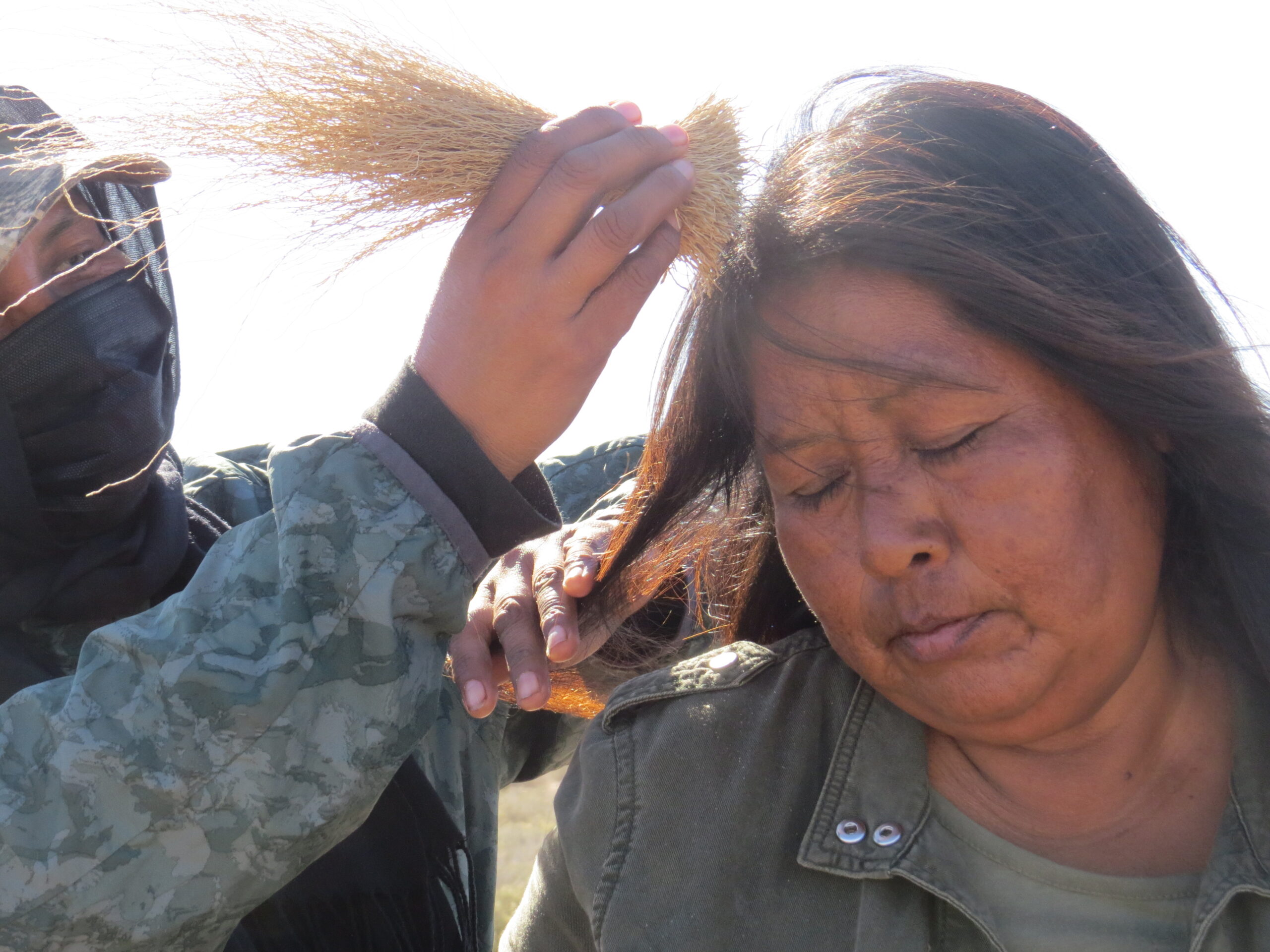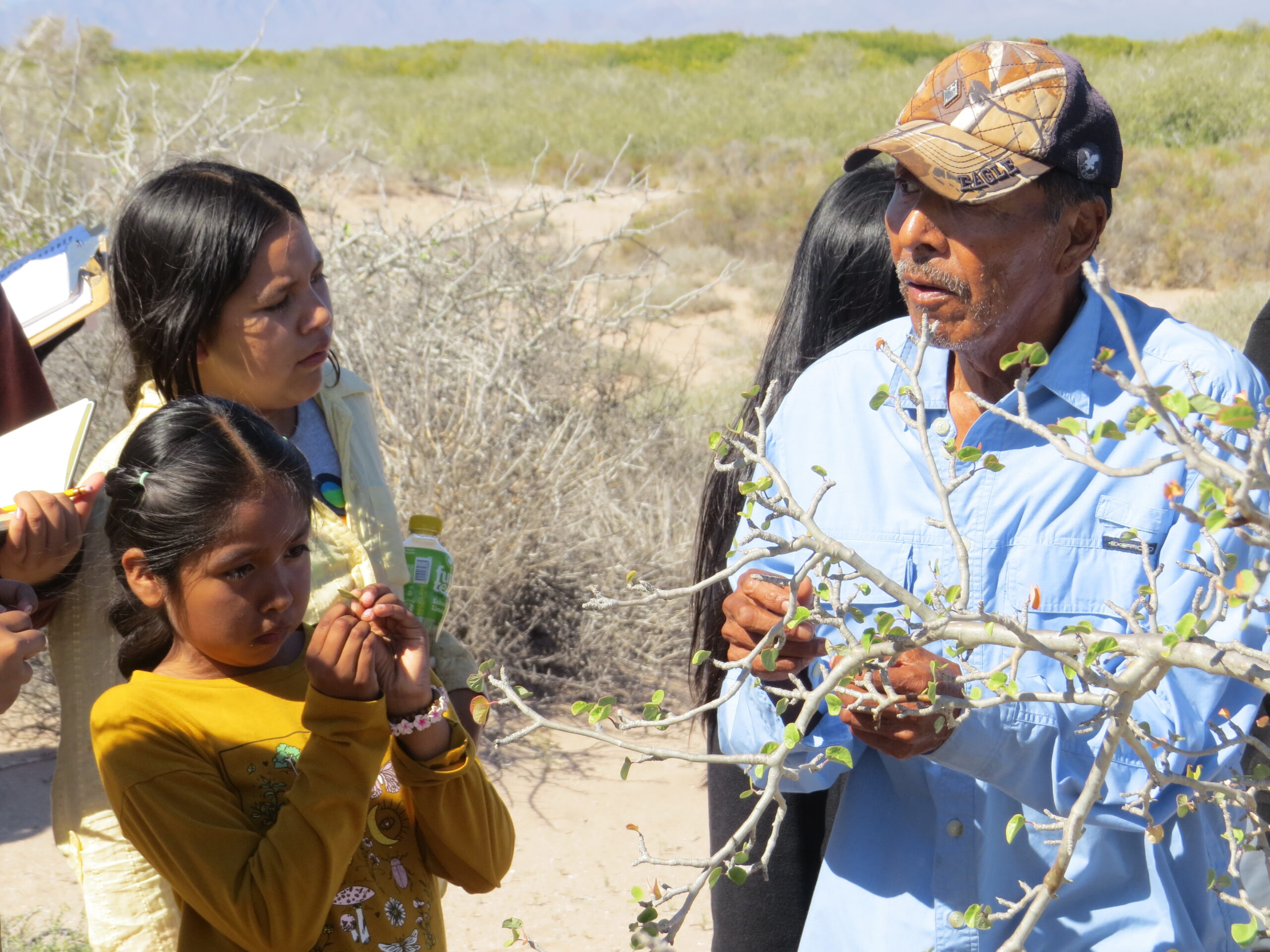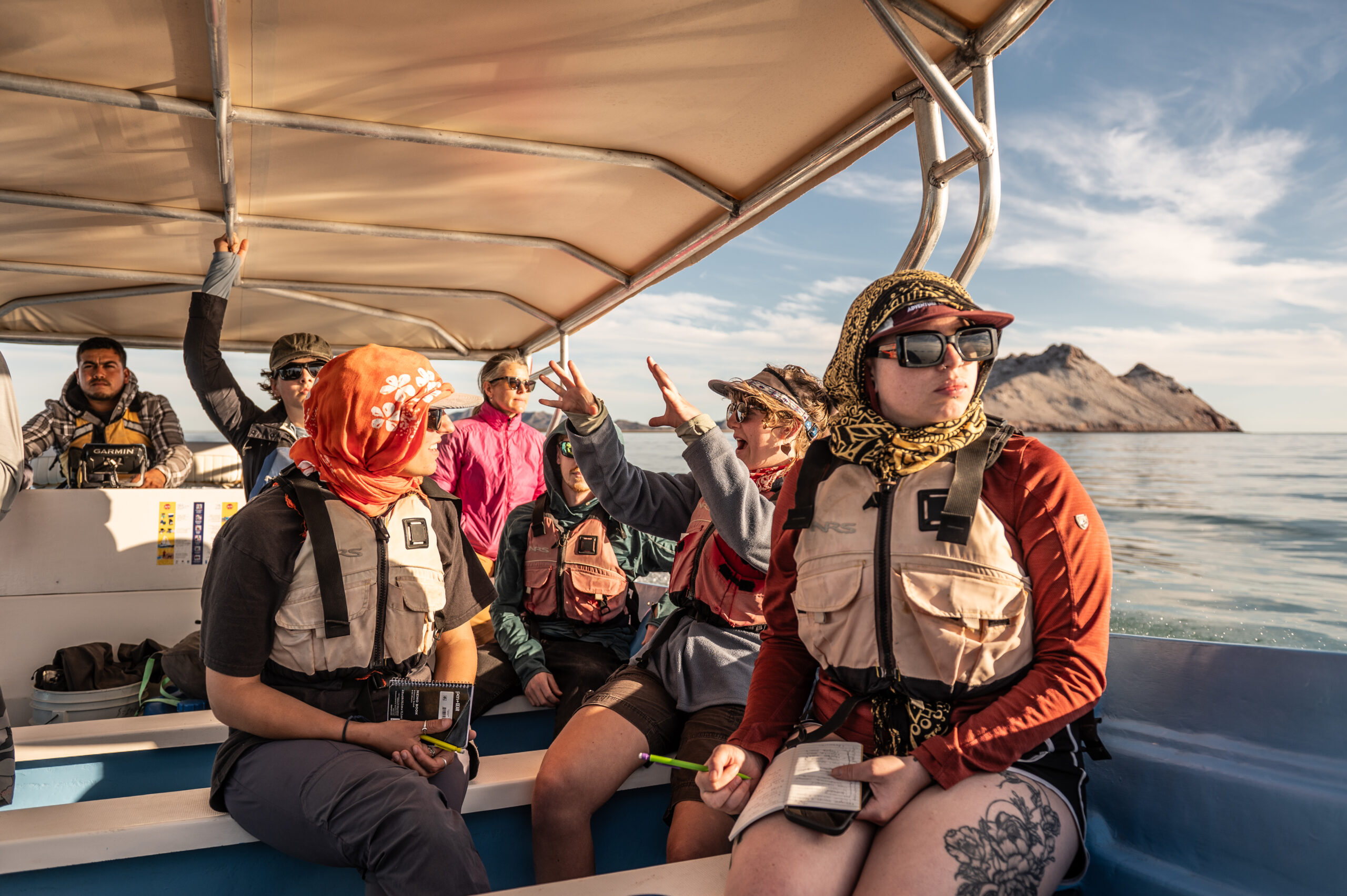
KINO BAY CENTER
NEWSLETTER
KINO BAY CENTER
NEWSLETTER

TABLE OF CONTENTS
INTRO – CENTER DEVELOPMENT – EXPERIENTIAL EDUCATION & CAPACITY BUILDING – RESEARCH & MONITORING – COMMUNITY PARTICIPATION & LEADERSHIP – COMMUNITY & CULTURE
TABLE OF CONTENTS
INTRO – CENTER DEVELOPMENT – EXPERIENTIAL EDUCATION & CAPACITY BUILDING – RESEARCH & MONITORING – COMMUNITY PARTICIPATION & LEADERSHIP – COMMUNITY & CULTURE
Intro
INTRO
March and April marked the peak of activities at the Center, with classes, groups, program activities, community groups, senior projects, publications, and science in full swing. Read on for highlights of our recent efforts.
Center Development
Bikes and kayaks
Center Development
Bikes and Kayaks
More sustainable development is underway at the Center thanks to a collaboration between Prescott College sustainability student Seth Gardner and Waterbird Monitoring Program Coordinator Jaime Martinez.
By installing bicycle and kayak storage spaces, complete with proper care instructions, Seth and Jaime are encouraging Kino Bay Center staff, students, and visitors to explore the natural beauty of Kino Bay and its surroundings in an eco-friendly way while getting a good workout at the same time.
Experiential Education & Capacity Building
More sustainable development is underway at the Center thanks to a collaboration between Prescott College sustainability student Seth Gardner and Waterbird Monitoring Program Coordinator Jaime Martinez. By installing bicycle and kayak storage spaces, complete with proper care instructions, Seth and Jaime are encouraging Kino Bay Center staff, students, and visitors to explore the natural beauty of Kino Bay and its surroundings in an eco-friendly way while getting a good workout at the same time.
Experiential Education & Capacity Building
prescott college
spring semester studies
Prescott College Spring Semester Studies
After 10 weeks in the field exploring the ecosystems of the Gulf of California, the Prescott College Kino Spring Semester has come to a close.
Students studied the marine ecosystem in a unique suite of three field-based classes:
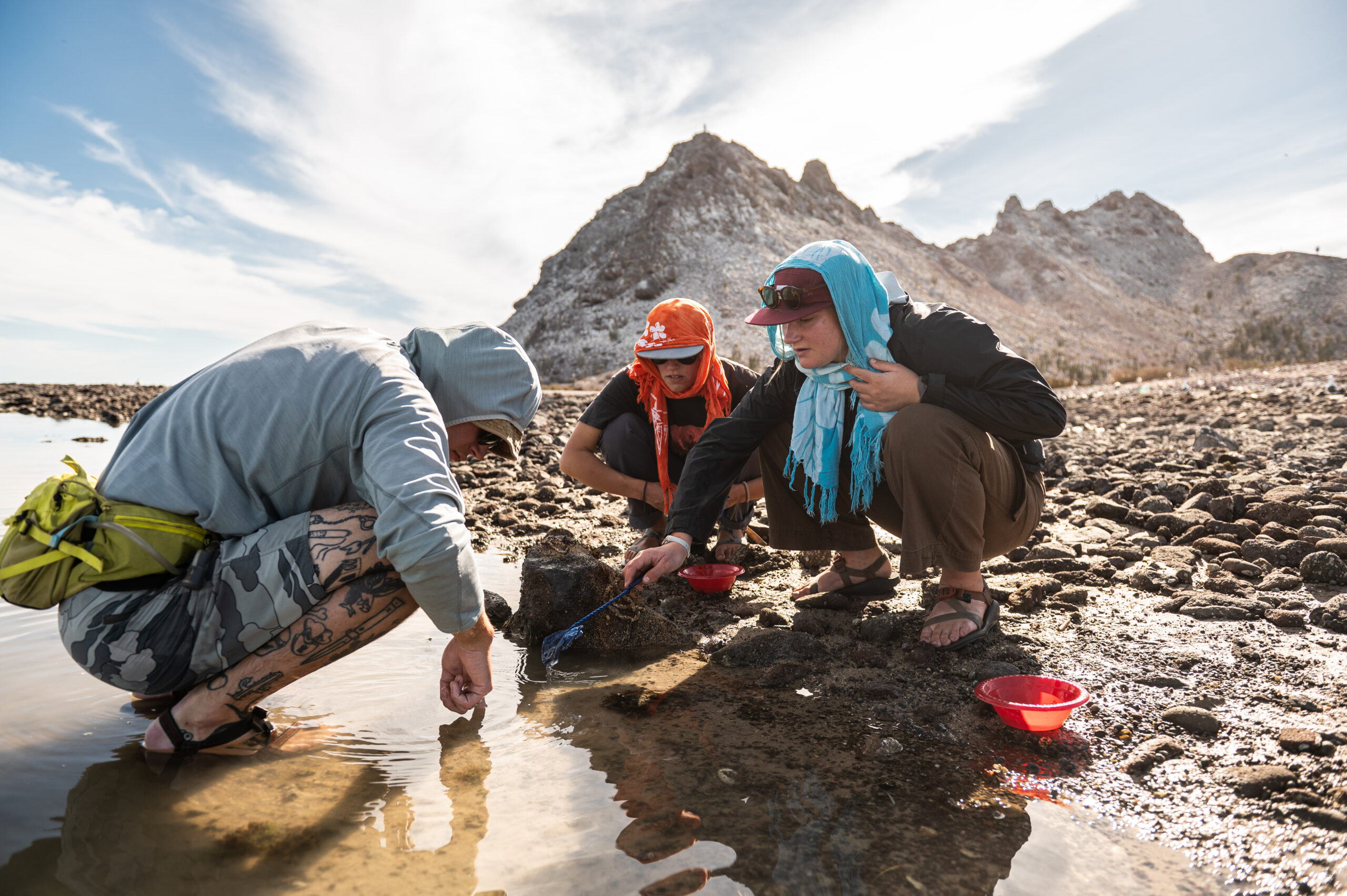
Students explored the amazing Midriff Islands to consider factors that influence species distribution, evolution, and physical characteristics.
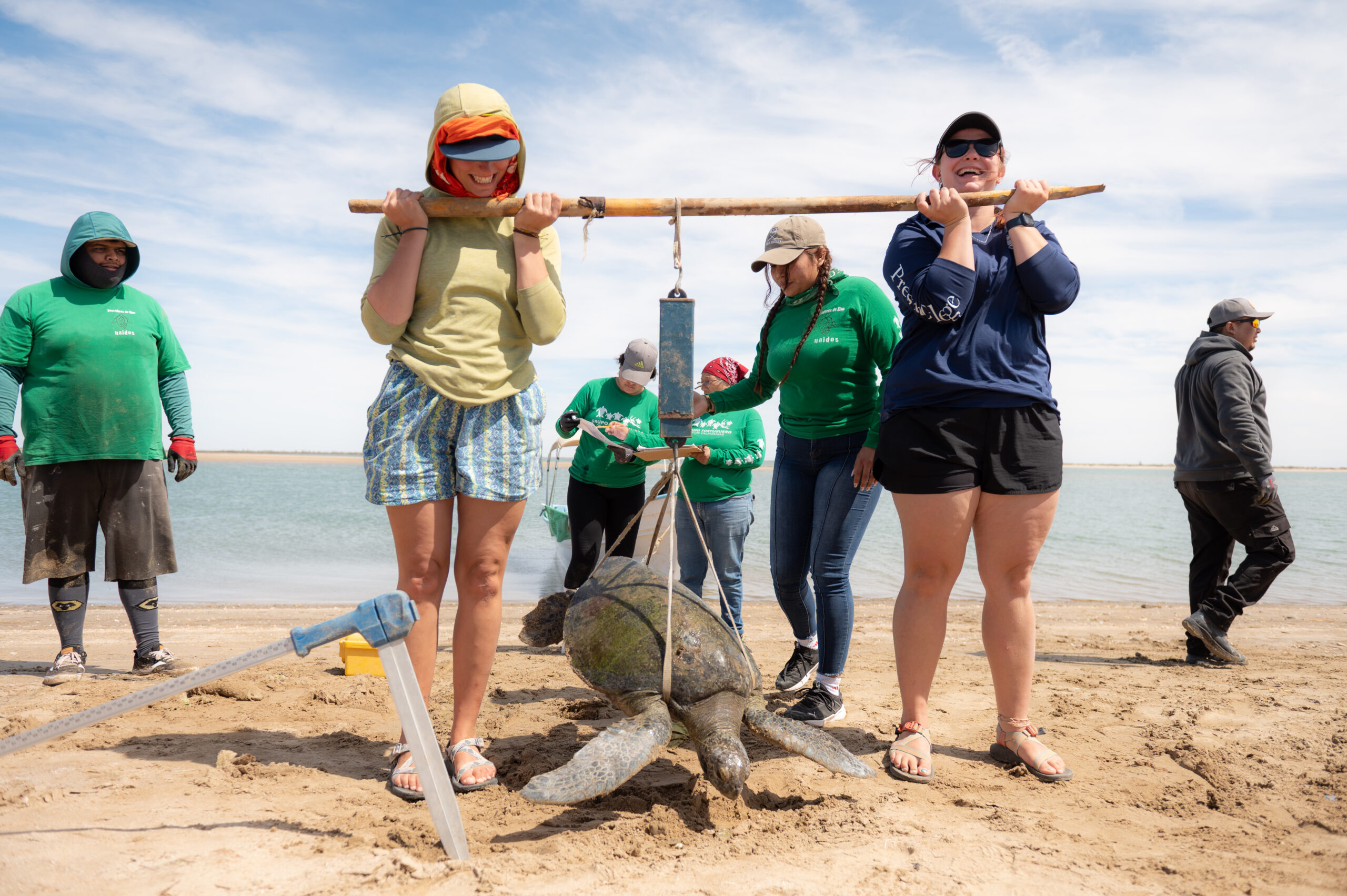
Students undertook hands-on study of the major marine taxonomic groups found in the region.
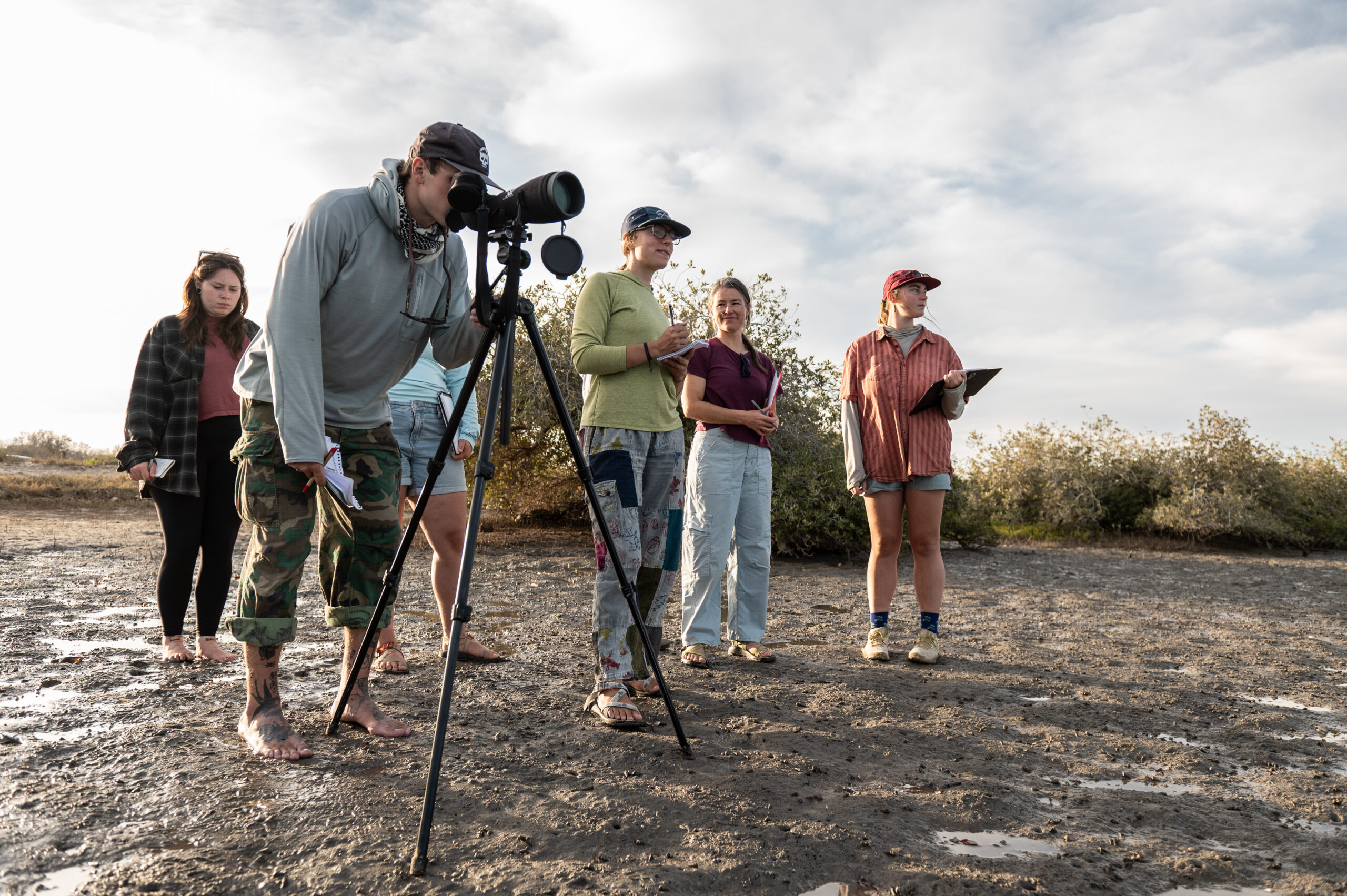
Each student learned and practiced a variety of field data collection techniques and carried out a research project from inception to completion.
"The intensive program provided a well-rounded foundation to understand the complex dynamics of the regional ecosystem while offering students a hands-on experience. This type of experiential learning not only fosters a deeper connection with nature, but also encourages the development of a holistic mindset, enabling students to ask new questions, identify patterns, and recognize the interconnectivity within the intricate ecosystems of the Gulf of California—and beyond."
Senior Projects & Visiting Scholars
Senior Projects & Visiting Scholars
This spring, three students conducted senior projects at the Kino Bay Center, taking away concrete skills and knowledge, and leaving behind important contributions.
Cochise community college research club: Field methods & eelgrass
Cochise Community College Research Club eelgrass and field methods
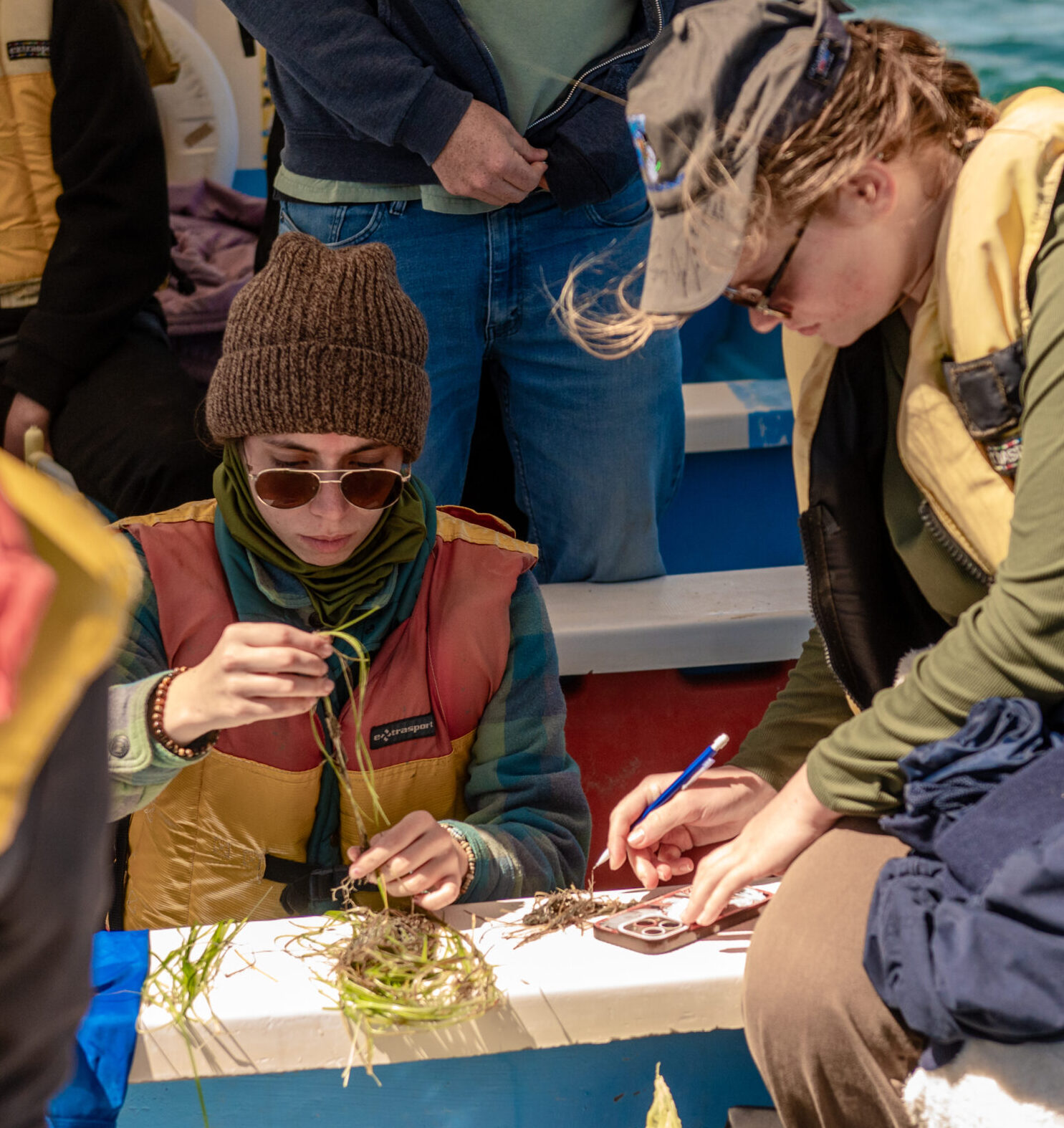
The Cochise Community College Research Club participated in an intensive week-long program to learn about field methods, with a focus on the species of eelgrass (Zostera marina), which is found in abundance in the nearby Canal del Infernillo.
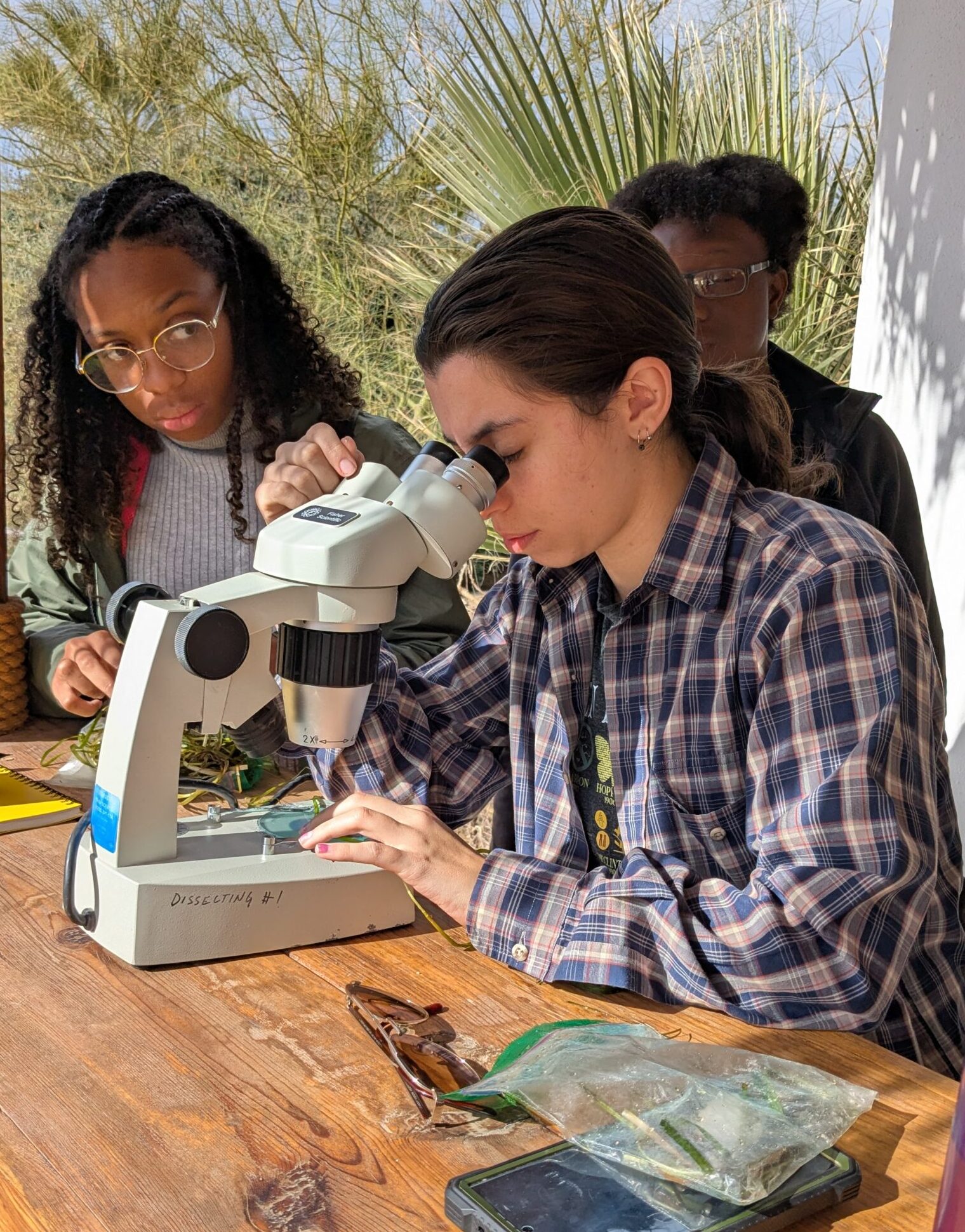

During this seventh visit led by Cochise faculty Frank Emanuele and Steve Merkley, the students literally immersed themselves in the natural beauty of the Midriff Island Region; snorkeling for Eelgrass samples followed by a somewhat turbulent boat ride back to shore. A highlight for all was participating in bird monitoring protocols alongside the Center’s Waterbird Monitoring Program staff.
During this seventh visit led by Cochise faculty Frank Emanuele and Steve Merkley, the students literally immersed themselves in the natural beauty of the Midriff Island Region; snorkeling for Eelgrass samples, and followed by a somewhat turbulent boat ride back to shore. A highlight for all was participating in bird monitoring protocols alongside the Center’s Waterbird Monitoring Program staff.
Research & Monitoring
craveri’s murrelet publication released
Research & Monitoring
Craveri’s Murrelet Publication Released
An endangered waterbird species, the Craveri’s Murrelet (Synthliboramphus craveri), is endemic to the Gulf of California where it breeds on rocky islands like Isla Alcatraz, which is located just offshore from Kino Bay.
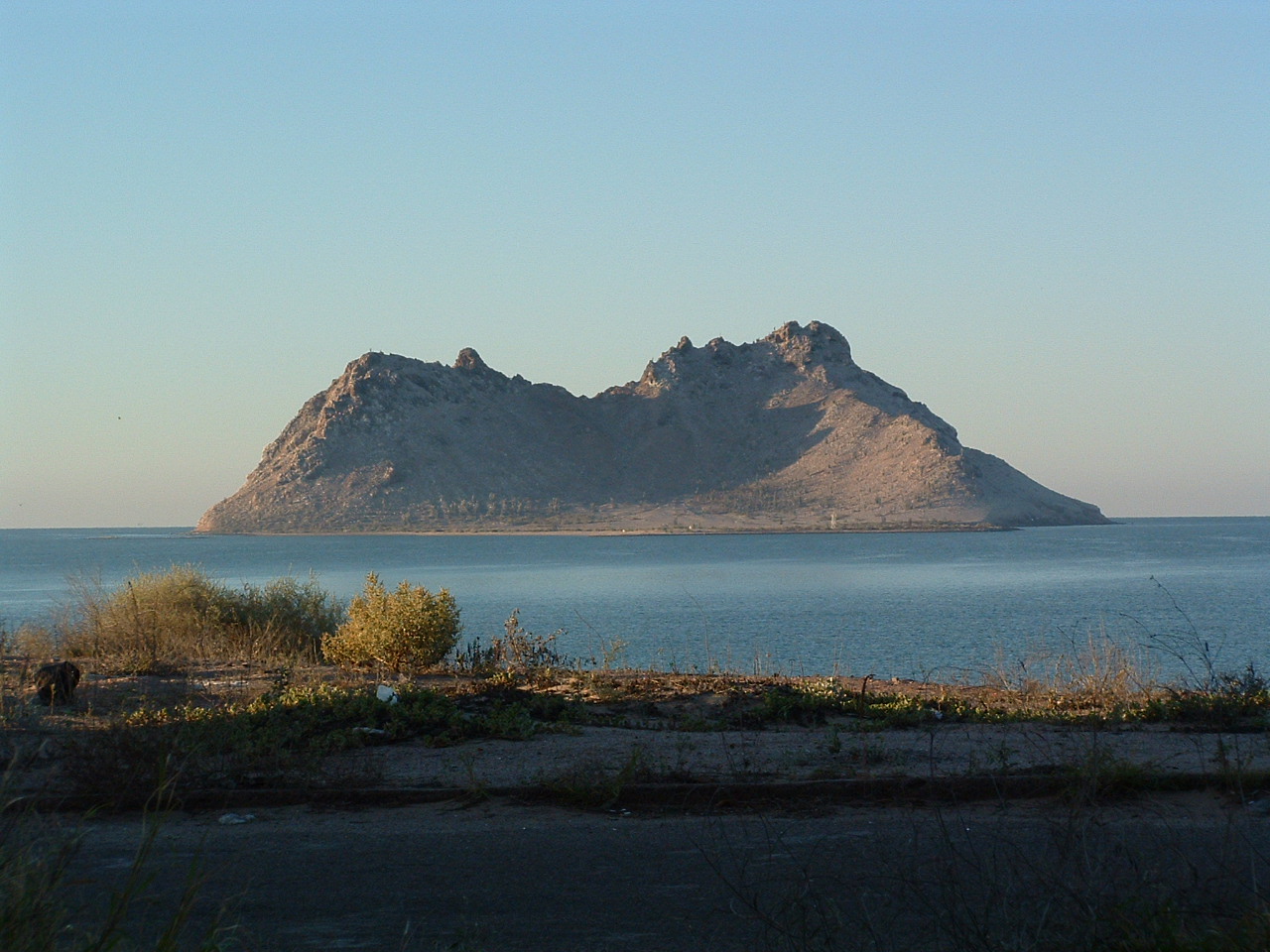
Isla Alcatraz
This species is one of the least well studied birds in North America, with much of the existing data having been collected over 50 years ago. Since 2009, the Center’s staff and students have been working hard to learn more about this species and its behaviors, conducting regular surveys on the Midriff Islands of the Gulf of California.
This species is one of the least well studied birds in North America, with much of the existing data having been collected over 50 years ago. Since 2009, the Center’s staff and students have been working hard to learn more about this species and its behaviors, conducting regular surveys on the Midriff Islands of the Gulf of California.
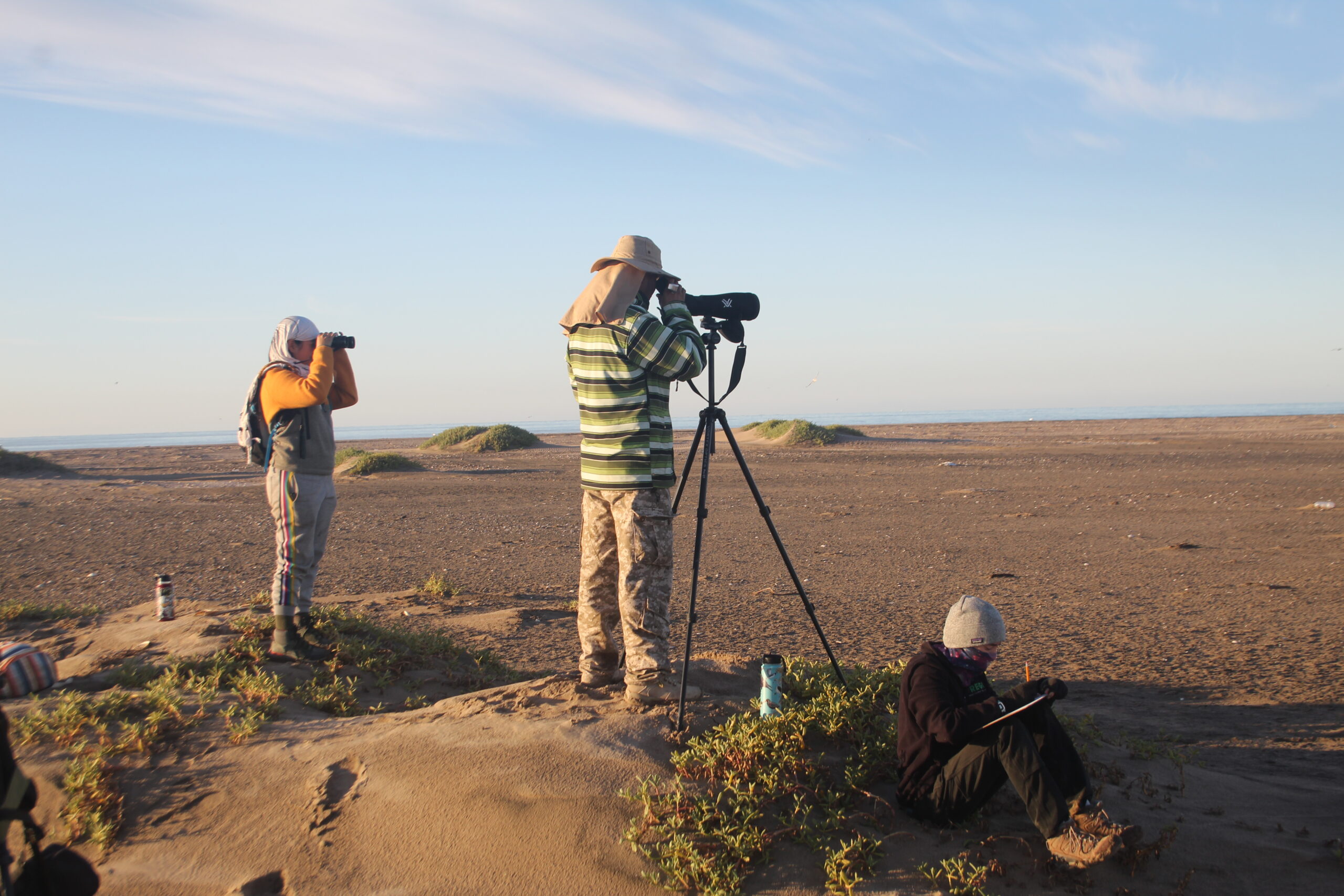
Waterbird monitoring in Cardonal Estuary
While current trends indicate an increase in breeding productivity, further research is needed to better quantify the Craveri’s Murrelets’ breeding population. Findings from the Center’s long-term research efforts were recently published in the peer-reviewed journal Marine Ornithology – click the link below to read the article and learn more about Craveri’s Murrelets.
marine mammal photo identification
The Center’s Marine Mammal Monitoring Program works tirelessly to create catalogs of unique individuals of several species of cetaceans found in our region. A recent effort has focused on preparing our Blue Whale (Balaenoptera musculus) catalog to be uploaded to the online citizen science platform Flukebook. The program uses AI to match photos submitted by hundreds of researchers and citizen scientists to know more about their geographic distribution.
Marine Mammal Photo Identification
The Center’s Marine Mammal Monitoring Program works tirelessly to create catalogs of unique individuals of several species of cetaceans found in our region.
A recent effort has focused on preparing our Blue Whale (Balaenoptera musculus) catalog to be uploaded to the online
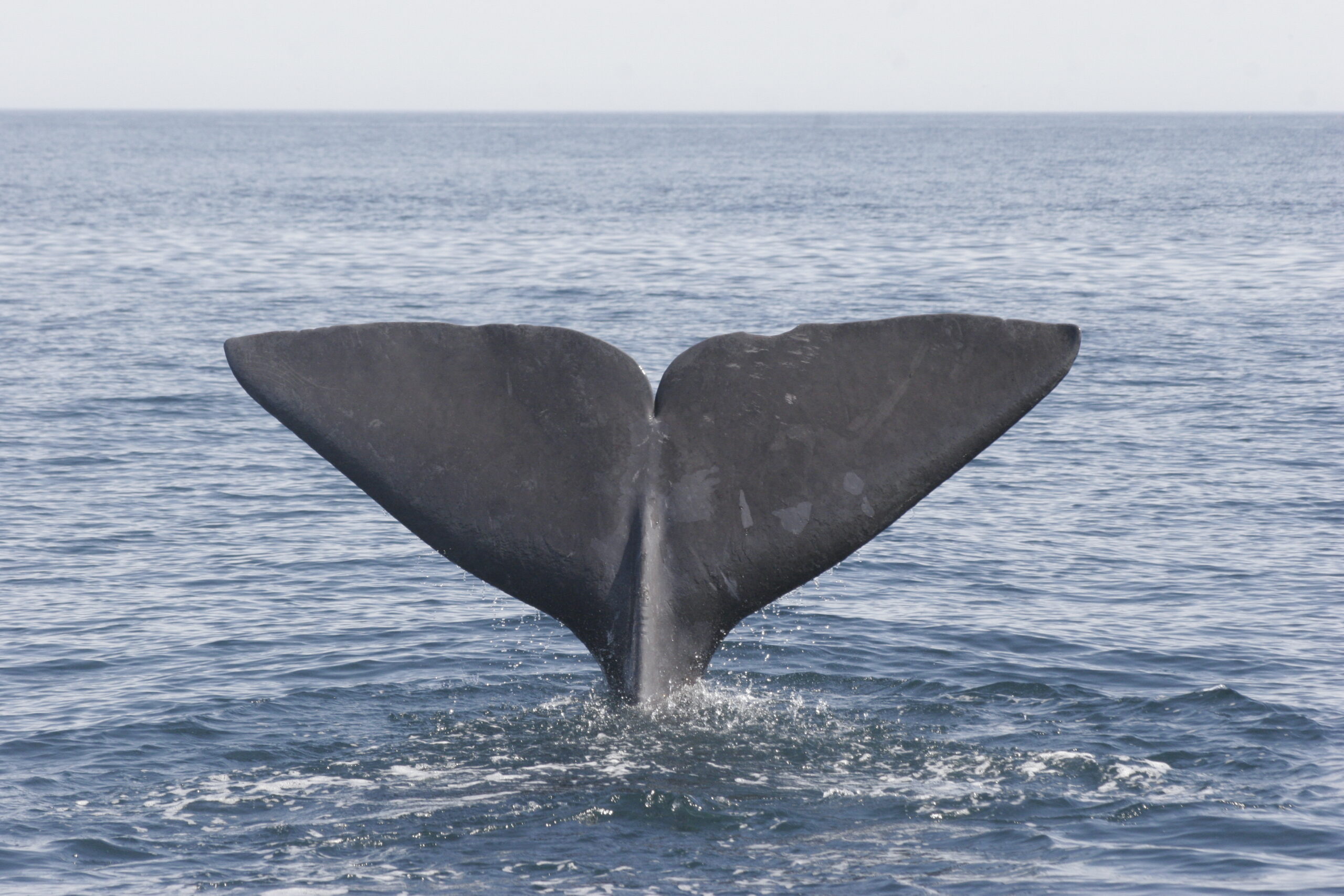
Sperm whale (Physeter macrocephalus)
This open-access platform increases global understanding of cetacean population dynamics and distribution, and fosters cross-institutional collaboration (while respecting data ownership). What an indispensable tool given the sometimes-global migration patterns completed by these magnificent animals! Click the link below to learn more about Flukebook.
citizen science platform Flukebook. The program uses AI to match photos submitted by hundreds of researchers and citizen scientists to know more about their geographic distribution. This open-access platform increases global understanding of cetacean population dynamics and distribution, and fosters cross-institutional collaboration (while respecting data ownership). What an indispensable tool given the sometimes-global migration patterns completed by these magnificent animals! Click the link below to learn more about Flukebook.
Sea Turtles:
what can a 10.5 inch tail tell us?
Sea Turtles:
What can a 10.5 inch tail tell us?
Grupo Tortuguero de Bahía Kino captured the biggest male Green Sea Turtle (Chelonia mydas) of this season at Isla San Pedro Martir, weighing in at a whopping 60 kilos (132 pounds). The sex in this species of sea turtle can only be identified once a turtle measures more than 75 cm long.
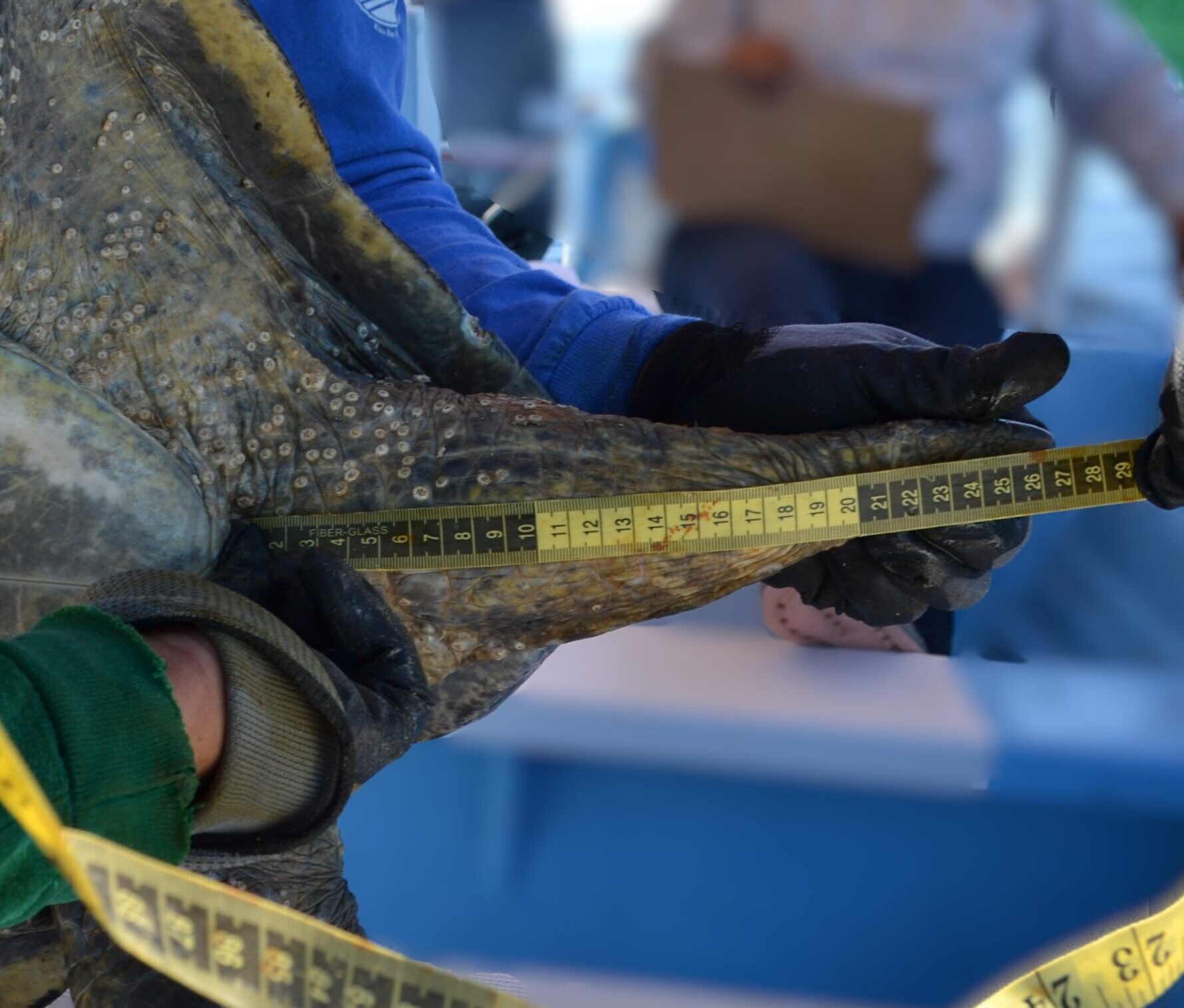
27 cm of turtle tale
The main indicator is the length of their tails, with females having shorter tails (8-13cm) and males having longer tails (more than 20cm). Because these differences don’t become apparent until adulthood, many turtles are recorded by Grupo Tortuguero as being of undetermined sex. The turtle, which was given the name Alejandro Ramirez, had a tail length of roughly 27cm which made identifying his sex plenty easy for Grupo Tortuguero.

27 cm of turtle tale
Continued Resarch on Isla Partida
Continued research on isla partida
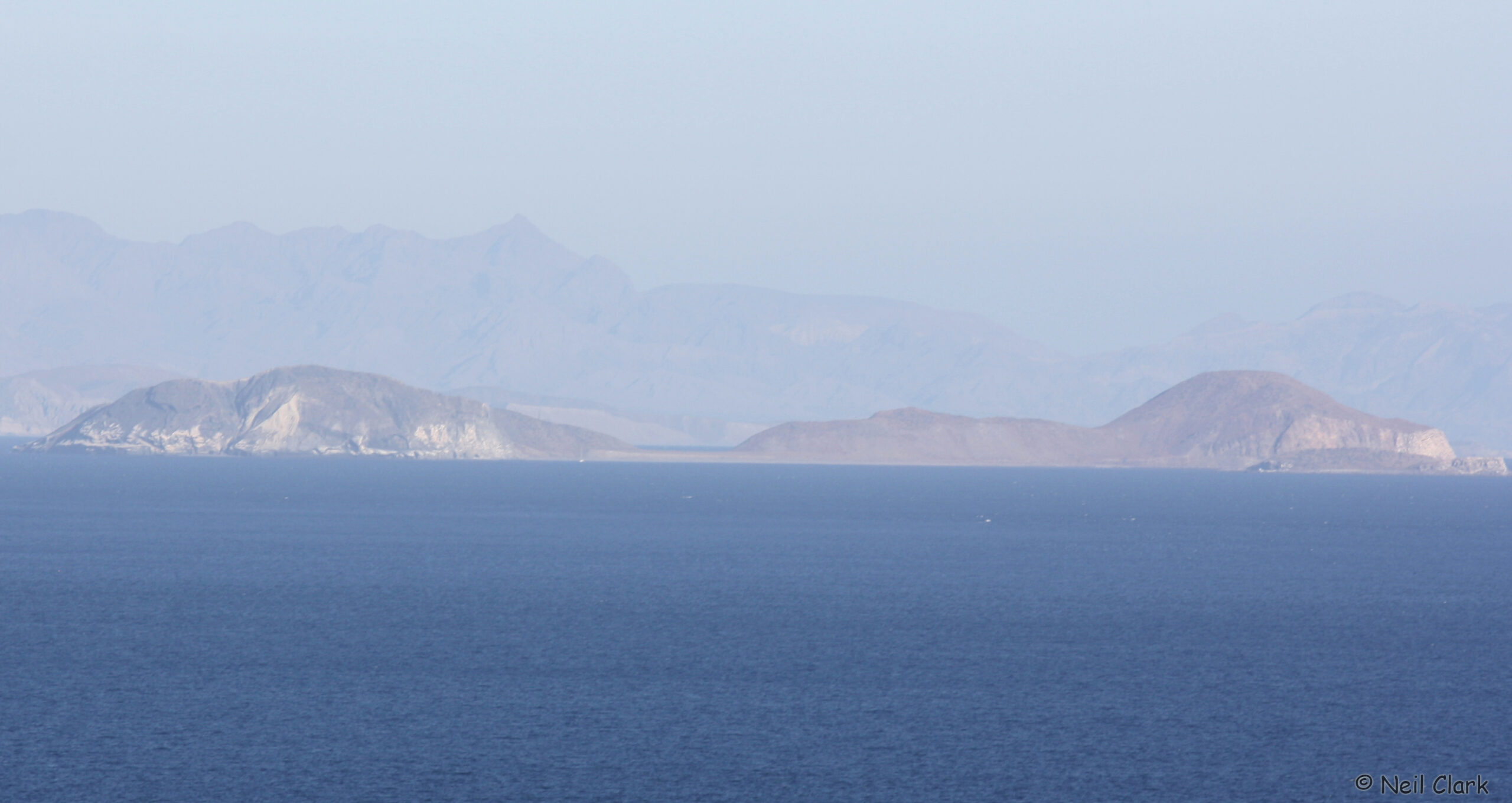
Isla Partida
Dr. Flores Martinez and Dr. Ruiz Catillo visited Isla Partida this spring as part of an ongoing research study to better understand pathogen-host relationships and the transmission of disease between species. In this case the researchers are looking at pathogenic communities and relationships between Heermann’s Gull (Larus heermanni) and the endemic Marine Fishing Bat (Myotis vivesi) which reside together in the Gulf of California.
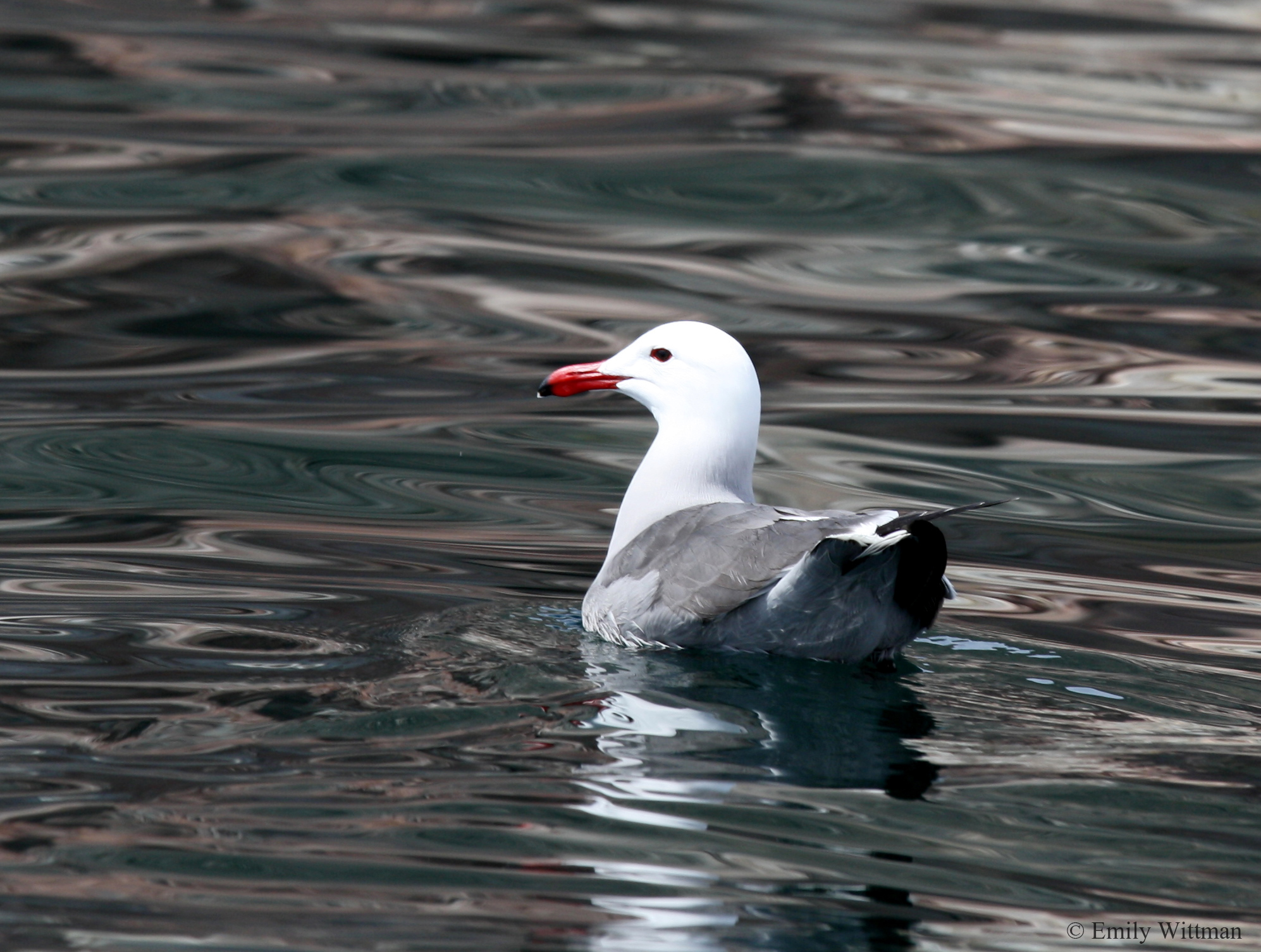
Heermann's Gull (Larus heermanni)
By better understanding elements and mechanisms of pathogenic transmission, colonization, and evolution in these species, the researchers hope to develop tools to better understand interspecies interactions, defense mechanisms, and predict how well populations can protect themselves from pathogens. This study also has potential to increase our understanding of transmission of animal diseases to humans (i.e. COVID-19).
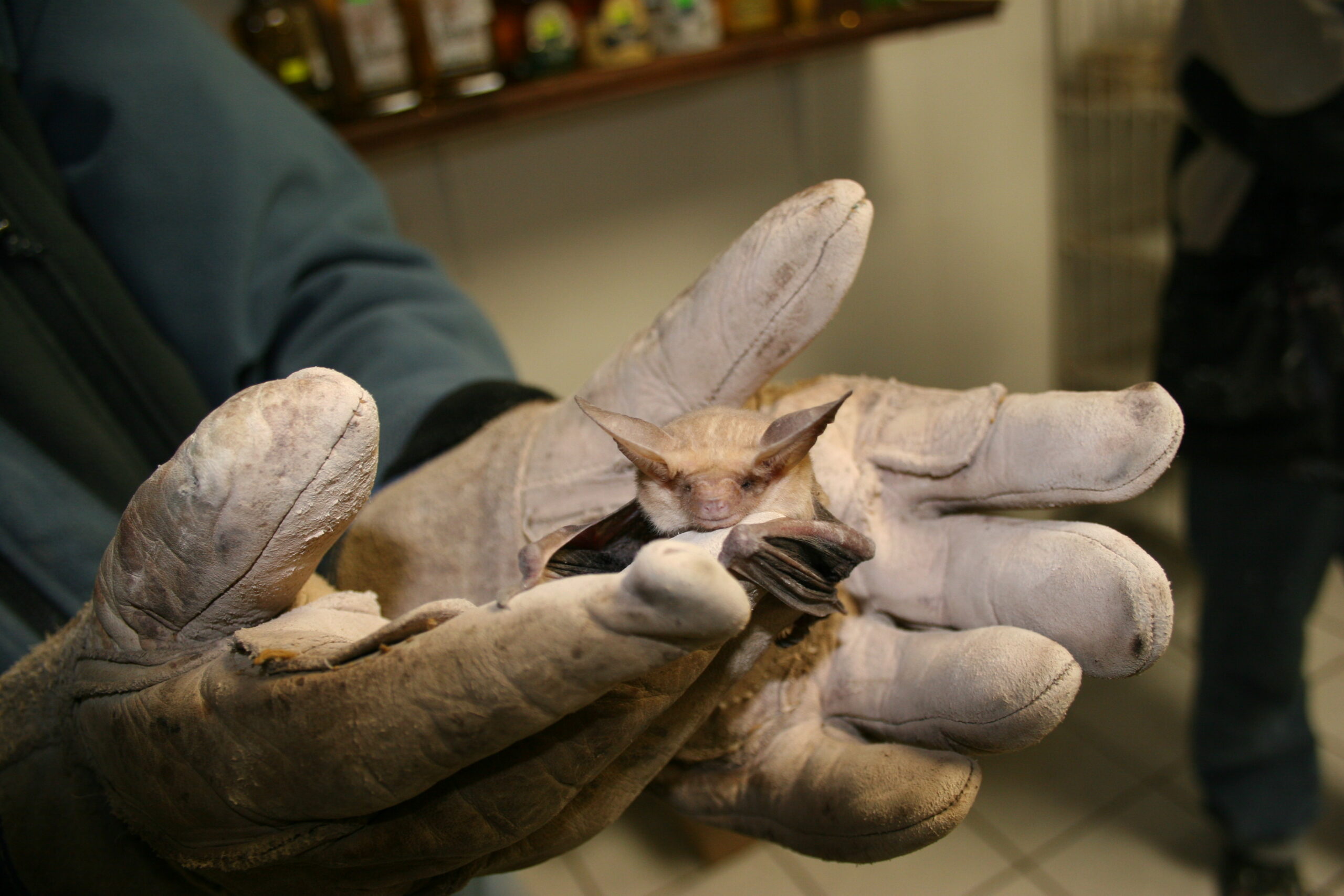
Fishing bat (Myotis vivesi)
sonoran joint venture management board retreat
Sonoran Joint Venture Management Board Retreat
hTe Sonoran Joint Venture is a partnership of organizations and individuals that works to conserve the unique birds and habitats of the southwestern United States and northwestern Mexico.
This year, the SJV held its spring management board meeting at the Kino Bay Center, bringing together bird conservationists from both sides of the border to further transnational conservation. A highlight of the group’s visit was
This year, the SJV held its spring management board meeting at the Kino Bay Center, bringing together bird conservationists from both sides of the border to further transnational conservation. A highlight of the group’s visit was the field trip to Isla Alcatraz alongside community conservation project leaders, connecting with the board’s priority of involving and respecting local perspectives.
the field trip to Isla Alcatraz alongside community conservation project leaders, connecting with the board’s priority of involving and respecting local perspectives.
Community participation & Leadership
Community Participation & Leadership
Community Events
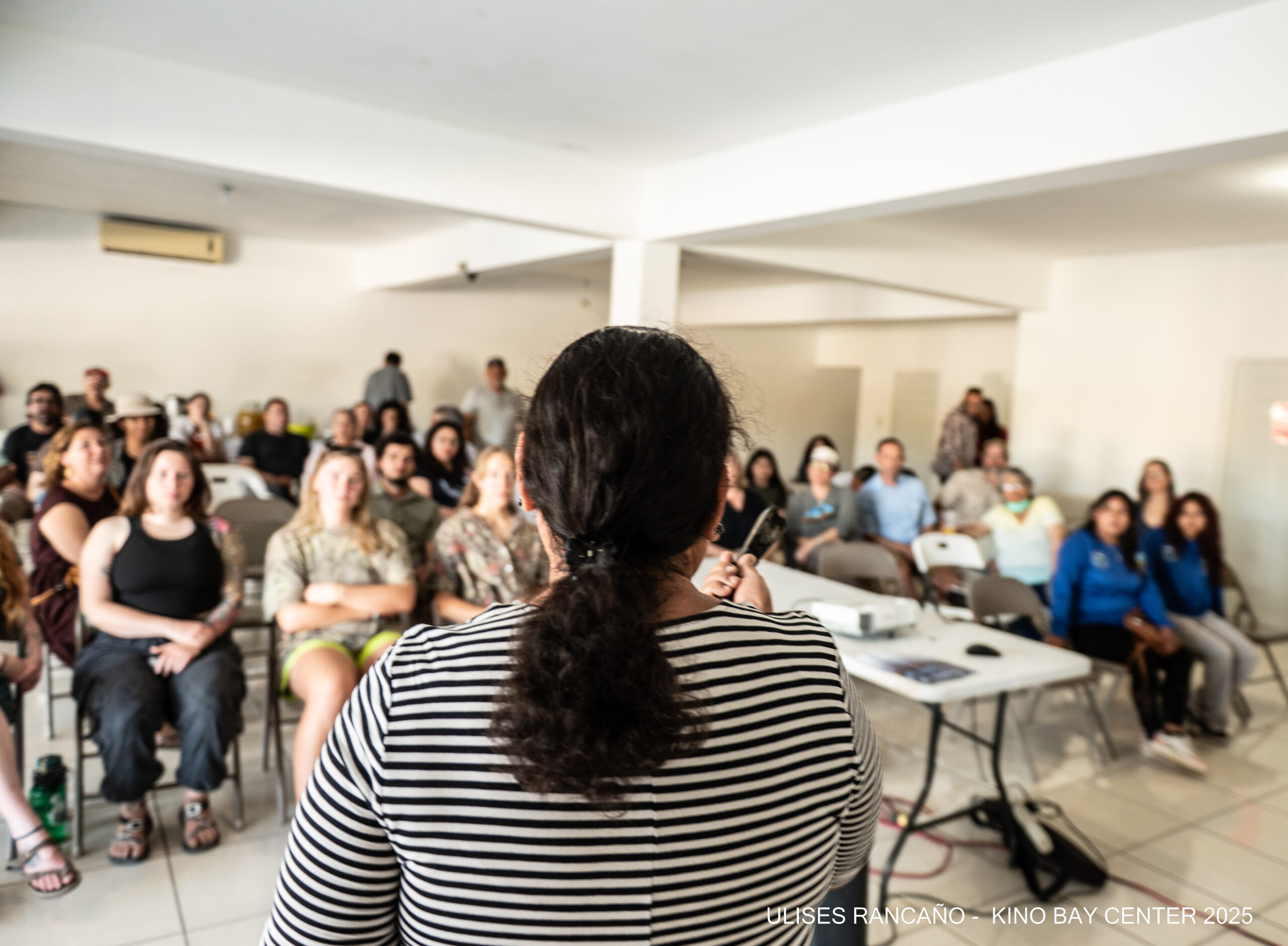
The Center collaborates with community groups and authorities to facilitate community events for the broader public, create awareness, and increase citizen engagement with local conservation efforts.
Earth Day
On April 22, 2025, Kino Bay hosted the Earth Day celebration, marking over three decades of collaboration between the Prescott College Kino Bay Center and local community groups. The event featured an amazing play highlighting
On April 22, 2025, Kino Bay hosted the Earth Day celebration, marking over three decades of collaboration between the Prescott College Kino Bay Center and local community groups.
environmental challenges at the Laguna La Cruz Estuary, a costume contest using recycled materials, and active participation from the Comcaac community and Prescott College students.
The event featured an amazing play highlighting environmental challenges at the Laguna La Cruz Estuary, a costume contest using recycled materials, and active participation from the Comcaac community and Prescott College students.
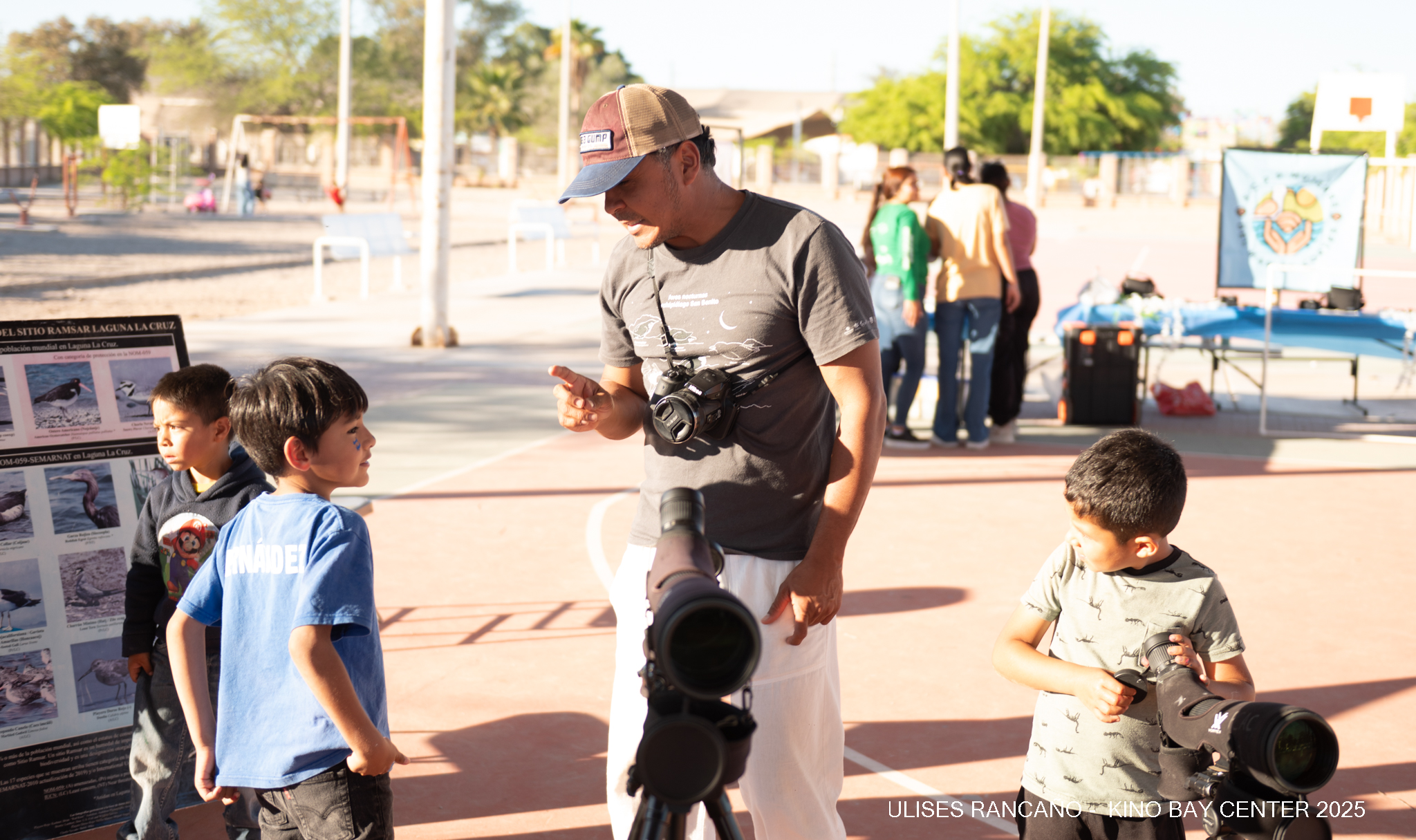

This partnership underscores the importance of biocultural conservation in the Midriff Islands region, demonstrating how united efforts can protect both cultural heritage and biodiversity.
This partnership underscores the importance of biocultural conservation in the Midriff Islands region, demonstrating how united efforts can protect both cultural heritage and biodiversity.
Café Cientifico
On April 10, the Prescott College Kino Bay Center hosted a Scientific Café with the Kino Bay community, highlighting the importance of sharing scientific knowledge.
Lorayne Meltzer, Director of the Center, presented the Assessment of the Ecological Health of the Gulf of California, a report that she co-authored with Drs. Ben Wilder and Jorge Torre. The Padres Unidos community group presented their poster, created in collaboration with PC student Iliana Dempsey-Hewett, showing Blue Swimming Crab (Callinectes arcuatus) fishing trends, and other community leaders also shared data from their conservation projects in Laguna La Cruz.
Students from the Prescott College Field Methods class and the Sonoran Joint Venture management board were also in attendance, further connecting stakeholders with the region’s socio-environmental context. Events like these foster community engagement, facilitate science communication, and promote collaborative conservation efforts.
Students from the Prescott College Field Methods class and the Sonoran Joint Venture management board were also in attendance, further connecting stakeholders with the region’s socio-environmental context. Events like these foster community engagement, facilitate science communication, and promote collaborative conservation efforts.
Collaborative community
conservation projects
COLLABORATIVE COMMUNITY CONSERVATION PROJECTS
A community project is a collaboration between a community group and a Kino Bay Center Program toward a common goal. This season, the Center is supporting and collaborating in 14 community conservation projects with ~150 participants from Kino Bay and Punta Chueca.
Projects address monitoring, education, restoration, and habitat protection priorities identified in management and conservation plans for Laguna la Cruz and the Canal del Infiernillo. Highlights from one important project are highlighted here.
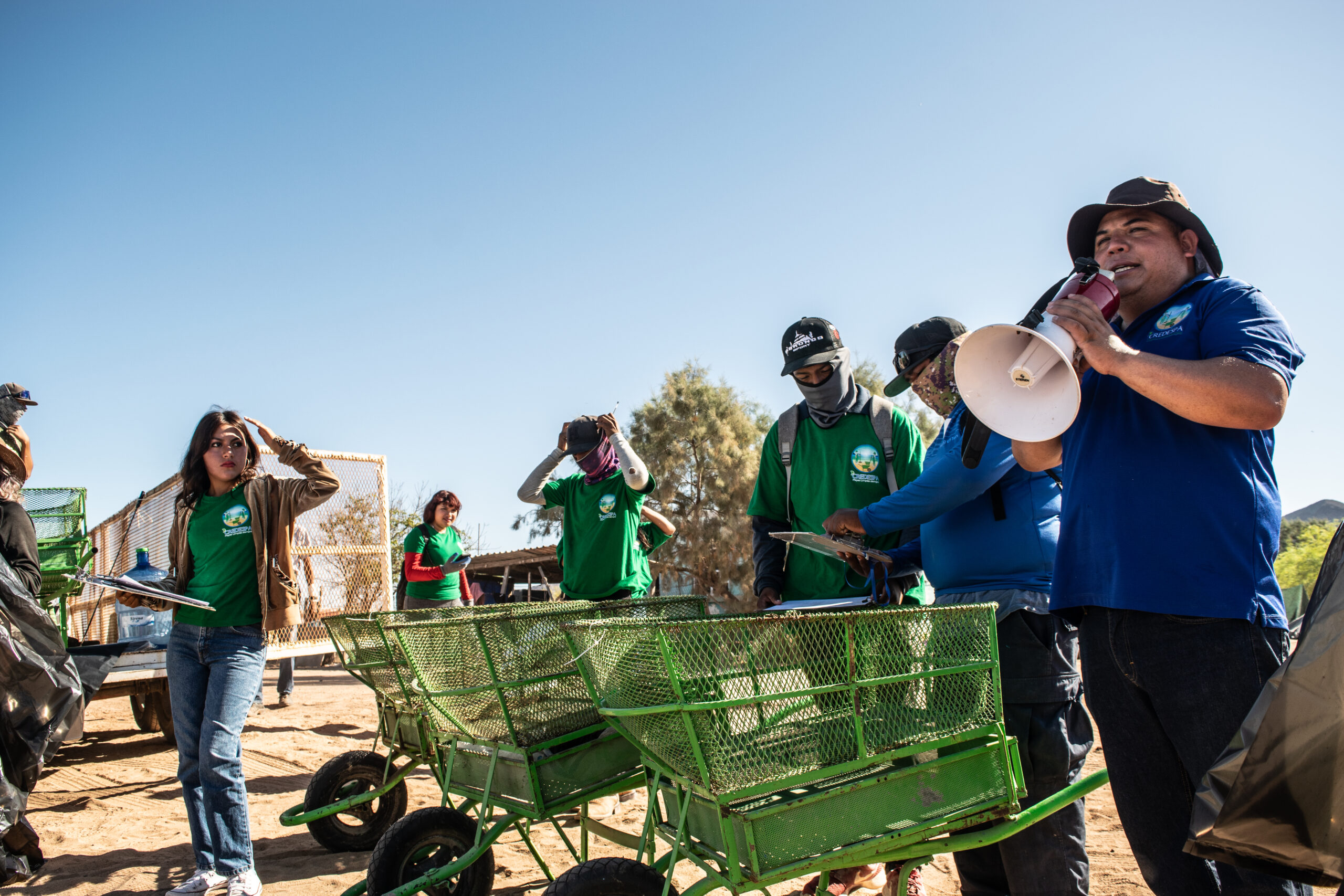
Credespa, one of the Center's 14 community projects
Projects address monitoring, education, restoration, and habitat protection priorities identified in management and conservation plans for Laguna la Cruz and the Canal del Infiernillo. Highlights from one important project are highlighted here.

Credespa, one of the Center's 14 community projects
Biocultural Field School camping trip to Tiburon Island
Biocultural Field School camping trip to Tiburon Island
The Biocultural Field School connects Comcaac mentors with community members interested in strengthening their connection to traditional ecological knowledge, practices, and sacred sites within their territory.
A highlight of the project so far this season was a camping trip and adventure on Tiburón Island, the sacred focal point of the Comcaac territory.

A prior outing with The Biocultural Field School
Once on the island, eighteen mentors, apprentices, and students learned about local plants used in traditional herbal medicine, sang traditional songs, and explored Comcaac constellations and their ecological significance.
This experience deepened participants’ connection to their territory and biocultural heritage. Field trips like these contribute to preserving the Comcaac Nation’s cultural and ecological legacy.
Invitation to Support Our Work
invitation to support our work
Please support our work in community-based and socially just education, science, and conservation!
From conservation outcomes to life-changing experiences for students and visitors, the impact of our work speaks for itself.
As political and economic changes affect nonprofit funding, we need your support now more than ever to continue this vital work.
Thank you for being part of our journey.

